Table of Contents
Lab technology has changed the gem world. You can now buy a vivid sapphire grown in a crucible, a diamond made in a reactor, or a quartz cluster that came straight out of the earth. Both have roles in design, budget planning, and branding. This guide explains the differences - chemistry, growth, value, ethics, so you can choose confidently without shaming either side. We’ll answer common questions like are lab created gemstones real, what is a lab created gemstone, and what is simulated stone, then walk through quality, pricing, and when to pick each for your jewelry line.
Want to compare natural parcels in real time? Open our homepage of Natural Gemstones Online in a new tab and browse while you read.
1. What are Natural Gemstones?
Natural gemstones are minerals formed deep within the earth over millions of years through geological processes involving heat, pressure, and mineral-rich solutions. Each natural stone is a product of time, environmental conditions, and trace elements that create unique colors and patterns.
1.1 How Are Gemstones Created in Nature?
-
Crystallization in the Earth’s crust (Igneous) : Minerals cool slowly from molten rock, forming crystals like sapphires, emeralds, and spinel.
-
Hydrothermal growth: Gems such as quartz or topaz form when mineral-rich water fills cracks in rock and deposits layers over time.
-
Metamorphic processes: Pressure and heat transform existing rocks into new minerals, creating gems like garnet or jade.
-
Sedimentary / secondary: Weathering loosens crystals; rivers concentrate heavier gems (alluvial sapphires, spinel pebbles).
1.2 What Are Gemstones Made Of?
Most gemstones are crystalline minerals (quartz, corundum, beryl) or amorphous materials (opal). Their color depends on trace elements:
-
Chromium = green emerald
-
Iron = yellow citrine or blue-green tourmaline
-
Titanium = deep blue sapphire
2. What are Lab grown gemstones?
Man-made crystals grown by replicating natural conditions (heat, pressure, chemistry) in a controlled facility. Chemically and optically the same species as their natural counterpart when properly produced.
This answers the common question: are lab created gemstones real?
Yes—if they have the same crystal structure and composition as the natural species, they’re “real” synthetic gems of that species.“Synthetic” in gemology means “made by people, but with the same chemistry,” not “fake.”
Read the blog: How to Compare Semi‑Precious Gemstones by Price & Quality
2.1 What is simulated stone?
A look-alike material with a different chemistry/structure that merely imitates the appearance of another gem. Example: blue glass sold as “sapphire simulant,” cubic zirconia as a diamond simulant, dyed howlite as “turquoise.” Simulants are not the same species as the gem they copy.

2.2 How Labs Grow Gemstones
Multiple growth methods produce laboratory grown gemstones. The method affects inclusion patterns, color zoning, cost, and size limits.
2.2.1 Flame Fusion (Verneuil):
Powdered chemicals melt in an oxyhydrogen flame and drip onto a rotating pedestal, building a boule. Fast, low cost. Common for synthetic corundum (sapphire/ruby) and spinel. Curved growth lines are a tell.
2.2.2 Flux Growth:
Crystals form slowly in a molten “flux” that dissolves the ingredients, mimicking natural high-temperature solutions. Used for synthetic emerald, alexandrite. Expensive but yields more natural-looking inclusions.
2.2.3 Hydrothermal Growth:
Water-rich, high-pressure, high-temperature chambers dissolve nutrients at one end and crystallize them on seed plates at the other—great for quartz, emerald, beryl colors. Inclusions can resemble natural hydrothermal growth.
2.2.4 HPHT (High Pressure High Temperature):
Recreates diamond-forming pressures; also used to grow or color-enhance diamond and some other species.
2.2.5 CVD (Chemical Vapor Deposition):
Carbon gas cracks in a plasma and lays thin diamond layers on a seed. Scalable, good for lab diamond.
These processes are central to understanding lab created gems vs natural—growth environment is human-made, but the end crystal can be chemically the same.
3. Lab-Grown vs Natural Gemstones: Core Comparison
3.1 Composition & Identity
-
Natural sapphire and lab-grown sapphire = both corundum (Al₂O₃).
-
Visual differences arise from inclusions/growth features, not base chemistry. That’s why people ask, “are lab created gemstones real?”—chemically, yes; geologically, no.
3.2 Color Control
-
Lab gems are grown with exact ingredients, so every stone comes out the same color—ideal when you need perfectly matching sets.
-
Naturals show more variation; rare top color commands premiums.
-
When comparing lab created gems vs natural, expect tighter color, more uniformity in lab parcels.
3.3 Clarity
-
Lab crystals can be grown cleaner; naturals carry inclusion stories from earth.
-
Jewelers use lab stones in prong-heavy designs where clarity sparkle is key. So none of them is better over the other, the whole difference comes in their usage. While everybody loves to have a piece of earth to themselves, in some jewelry designs that exude the highest level of ART, lab grown “cleaner” pieces stand out better.
-
Collectors may prefer natural “fingerprints.”
3.4 Size & Yield
-
Labs grow large boules efficiently - budget friendly for big center stones.
-
Natural large + clean + top color = scarce → price jump.
3.5 Price & Perceived Value
-
Lab stones cost a fraction in most species; good for price-sensitive lines.
-
Naturals retain rarity narrative; better for heirloom & investment pieces.
-
In lab grown gemstones vs natural pricing charts, natural wins long-term scarcity.
3.6 Ethics & Environment
-
Labs avoid digging big holes - but energy use matters. Sourcing clean power improves the sustainability case.
-
Responsible mines fund local jobs and land rehab; poor mines cause erosion, water issues.
-
Both sides can be “good” or “bad”; it all depends on the documentation.

4. When to Choose Natural (and Why)
Choose natural if your project needs:
-
Rarity story: “This Montana sapphire was cut from a family claim.”
-
Birthstone authenticity: Many clients want a stone “born in the earth.”
-
Metaphysical tradition: Crystal healers often specify natural vibration only.
-
Investment / resale: Best natural color + origin + untreated = collectible.
Use natural accent stones to elevate mixed designs that feature a lab-grown center; great cost balance.
5. When to Choose Lab-Grown (and Why)
Pick lab stones when you need:
-
Budget flexibility: Bridal on a budget, school rings, youth jewelry lines.
-
Color uniformity: Hundreds of matched pink sapphires for pavé? Lab saves time.
-
Large visual impact: Big looks without four-figure rough costs.
-
Ethics talking point: No new pit mine—though still ask about factory labor and energy.

6. Natural + Lab Hybrid Design Ideas
-
Halo Strategy: Natural center stone, halo of lab sapphires for consistent color.
-
Gradient Bracelets: Lab topaz or quartz for lower cost, spaced with natural accent gems for storytelling.
-
Birthstone Charms: Natural birthstone focal; lab color pops for family stones you rotate.
7. Identification Basics for Jewelers
(10× loupe, good light — instant clues before you send anything to a lab)
7.1 Looks Synthetic (Lab‑Grown)
-
Curved ripple lines inside ruby or sapphire → classic flame‑fusion corundum.
-
Perfectly round gas bubbles in an otherwise clean stone.
-
Repeating V‑shaped “chevrons” in quartz or emerald → hydrothermal growth.
-
Wispy cotton‑candy veils with tiny metallic specks inside emerald → flux‑grown.
-
Flat seed‑plate line running straight across the crystal.
-
Color is 100 % even with no zoning, even in large stones.
7.2 Looks Natural (Earth‑Grown)
-
Mixed mineral inclusions—tiny mica flakes, pyrite cubes, needles, etc.
-
Angular or patchy color zoning that follows crystal faces.
-
Finger‑print inclusions—clusters of fluid‑filled tubes that look like a road map.
-
Jagged healed fractures without glassy fill lines.
-
Two‑phase or three‑phase inclusions (liquid + gas bubble, sometimes a tiny crystal) in emerald or quartz.
Still unsure? If money or reputation is on the line, ship it to a certified gem lab. Their tests (RI, spectroscopy, inclusion study) give a definitive call on natural vs. synthetic and note any treatments.
8. Disclosure Language You Can Copy
Transparency builds trust. Use short, clear copy on product pages:
-
Lab-grown sapphire (corundum), hydrothermally grown, no post-growth treatment.
-
Natural emerald, oil fracture-filled (standard), Colombia origin.
-
Blue glass, sapphire simulant (what is simulated stone?—see our learning center).
9. Pricing Reality: How Lab & Natural Sit in Your Line
-
Entry Lines: Use lab rubies & lab alexandrite in sterling bands; hit price points under $150.
-
Core Collections: Blend natural amethyst, citrine, garnet with lab accent stones to keep runs consistent.
-
Premium Custom: Natural, well-documented center stone; lab melee for color match and cost control.
This tiered mix lets you meet multiple budgets without diluting brand integrity.
10. Customer Education Talking Points
When someone asks, “what is a lab created gemstone?” try this script:
“It’s the same mineral you’d find in nature, but grown in a lab where we control the heat and chemistry. That keeps price lower and color consistent. Natural stones formed in the earth millions of years ago, so each piece is one-of-a-kind and often rarer.”
When they ask, “are lab created gemstones real?”:
“Yes—they’re real crystals of the same species. The difference is origin: lab vs earth. Both are durable and beautiful; it comes down to budget, story, and personal preference.”
11. Sustainability Snapshot
Lab growth reduces land disturbance but may consume high energy; seek suppliers using renewables. Natural mining can support communities when done responsibly (fair wages, land rehab). If your brand leans “green,” audit both: energy source for labs, reclamation plans for mines. Sustainability is a scale, not a switch.
Final Word
You don’t have to choose sides. Smart jewelers use both—natural gems where story and scarcity matter, lab stones where scale, precision color, or price win the day. Educate your buyers, label clearly, and design with intention; that’s how you build trust—and repeat customers—in a changing gem market.
FAQ: Quick Answers
Q1. Lab-grown vs natural gemstones—can most customers tell?
Usually, no, not without magnification or a report. That’s why disclosure matters.
Q2. Are lab-created gemstones real if they’re color-treated after growth?
They’re still synthetic gems of that species; the color treatment should be disclosed.
Q3. What is simulated stone again?
Any material (glass, CZ, resin) that only looks like the gem but isn’t the same mineral.
Q4. Will lab stones hold value?
Great for wearable beauty; not typically collected for rarity. Natural fine stones remain scarce and tend to hold or grow value over time.
Q5. How are gemstones created in labs so fast?
By stacking the chemical ingredients and growth conditions nature used—heat, pressure, flux solvents—only sped up and controlled.
Visited 1193 No. of Time(s), 681 Visit(s) Today
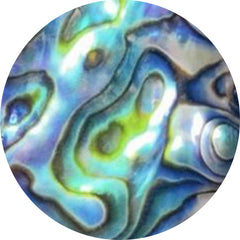 ABALONE SHELL (109)
ABALONE SHELL (109)
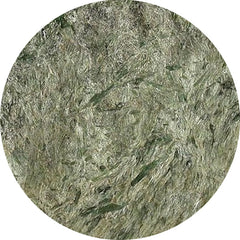 ACTINOLITE (4)
ACTINOLITE (4)
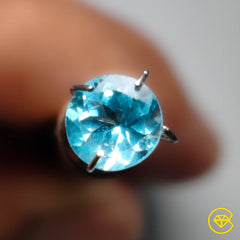 Affordable Gemstones (17340)
Affordable Gemstones (17340)
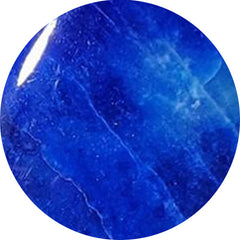 AFGHANITE (9)
AFGHANITE (9)
 AGATE (2602)
AGATE (2602)
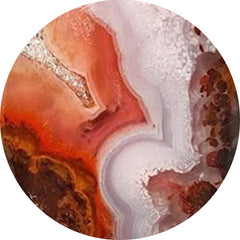 AGUA NUEVA (11)
AGUA NUEVA (11)
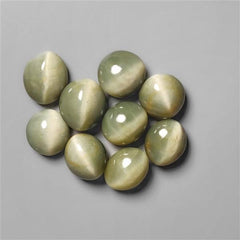 All Gemstones (4)
All Gemstones (4)
 AMAZONITE (181)
AMAZONITE (181)
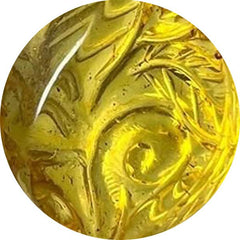 AMBER (135)
AMBER (135)
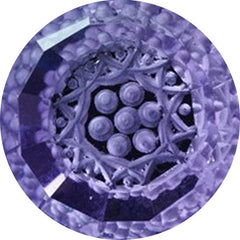 Amethyst (556)
Amethyst (556)
 AMETRINE (0)
AMETRINE (0)
 AMMOLITE (23)
AMMOLITE (23)
 AMMONITE (83)
AMMONITE (83)
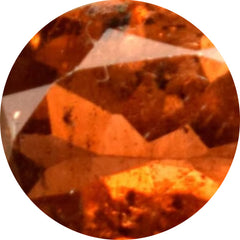 ANDALUSITE (1)
ANDALUSITE (1)
 ANDAMOOKA OPAL (0)
ANDAMOOKA OPAL (0)
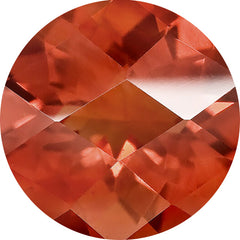 ANDESINE (1)
ANDESINE (1)
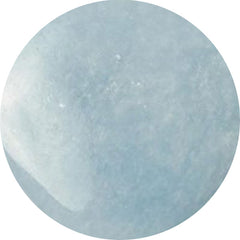 ANGELITE (32)
ANGELITE (32)
 APACHE GOLD (24)
APACHE GOLD (24)
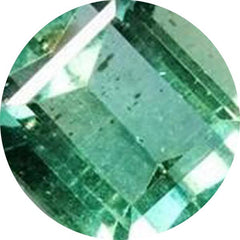 APATITE (126)
APATITE (126)
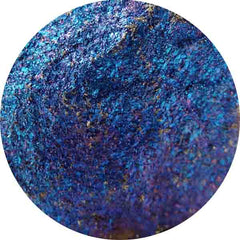 APOPHYLLITE (1)
APOPHYLLITE (1)
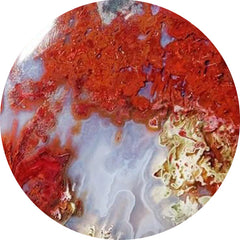 APPLE VALLEY AGATE (0)
APPLE VALLEY AGATE (0)
 APRIL BIRTHSTONE (41)
APRIL BIRTHSTONE (41)
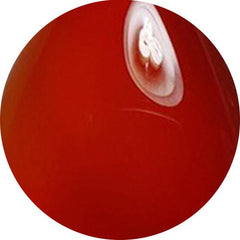 AQEEQ (0)
AQEEQ (0)
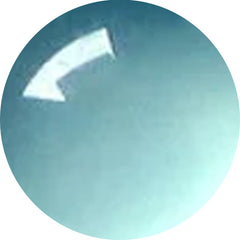 AQUA CHALCEDONY (24)
AQUA CHALCEDONY (24)
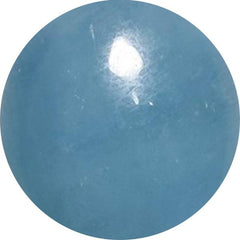 AQUAMARINE (102)
AQUAMARINE (102)
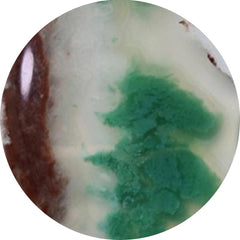 AQUAPRASE (62)
AQUAPRASE (62)
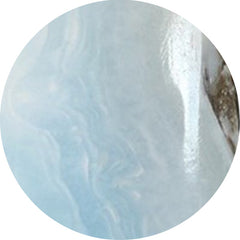 ARAGONITE (2)
ARAGONITE (2)
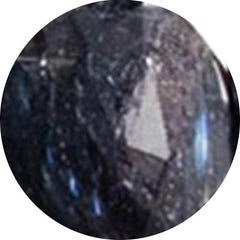 ARFVEDSONITE (12)
ARFVEDSONITE (12)
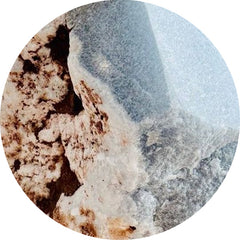 ARISTOLITE (0)
ARISTOLITE (0)
 ARIZONA TURQUOISE (0)
ARIZONA TURQUOISE (0)
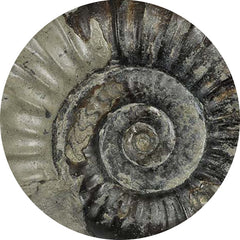 ARNIOCERAS SEMICOSTATUM FOSSIL (0)
ARNIOCERAS SEMICOSTATUM FOSSIL (0)
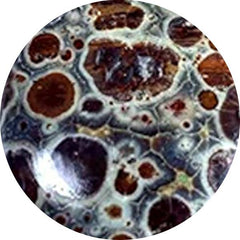 ASTEROID JASPER (11)
ASTEROID JASPER (11)
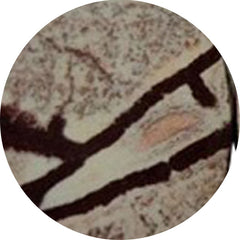 ASTROPHYLLITE (54)
ASTROPHYLLITE (54)
 ATLANTASITE (91)
ATLANTASITE (91)
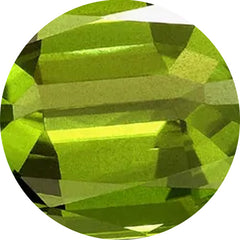 AUGUST BIRTHSTONE (24)
AUGUST BIRTHSTONE (24)
 AURA QUARTZ (0)
AURA QUARTZ (0)
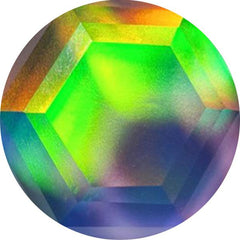 AURORA OPAL (272)
AURORA OPAL (272)
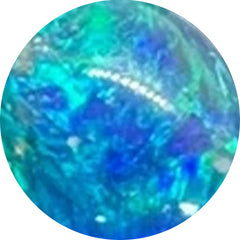 AUSTRALIAN OPAL (7)
AUSTRALIAN OPAL (7)
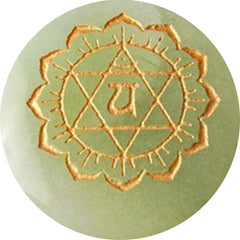 AVENTURINE (70)
AVENTURINE (70)
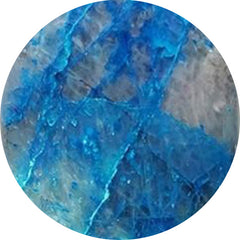 AZURITE (284)
AZURITE (284)
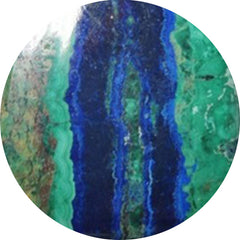 AZURITE MALACHITE (26)
AZURITE MALACHITE (26)
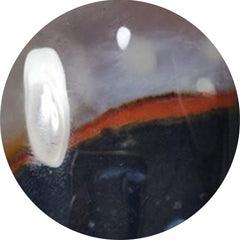 BANDED AGATE (84)
BANDED AGATE (84)
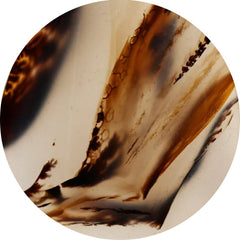 BARBER AGATE (0)
BARBER AGATE (0)
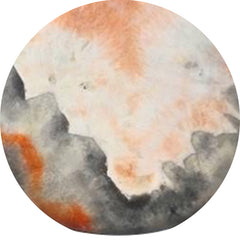 BARITE (13)
BARITE (13)
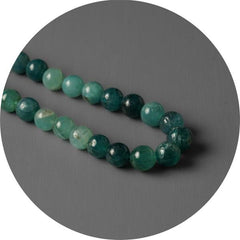 Beads (56)
Beads (56)
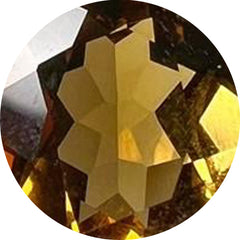 BEER QUARTZ (24)
BEER QUARTZ (24)
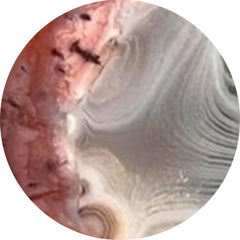 BERBER AGATE (5)
BERBER AGATE (5)
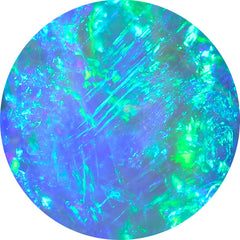 Best Seller (0)
Best Seller (0)
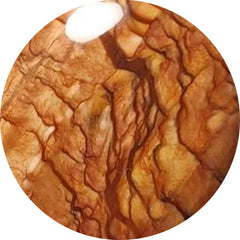 BIGGS JASPER (34)
BIGGS JASPER (34)
 Bird Carving (91)
Bird Carving (91)
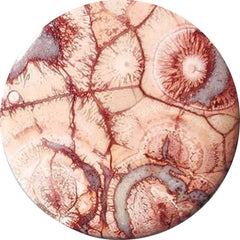 BIRD EYE JASPER (50)
BIRD EYE JASPER (50)
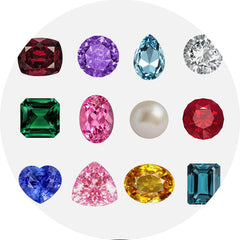 Birthstones (0)
Birthstones (0)
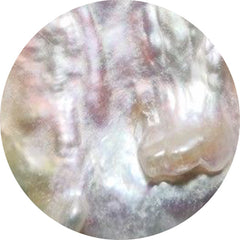 BIWA PEARL (37)
BIWA PEARL (37)
 Black Gemstones (951)
Black Gemstones (951)
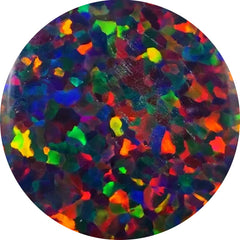 BLACK OPAL (35)
BLACK OPAL (35)
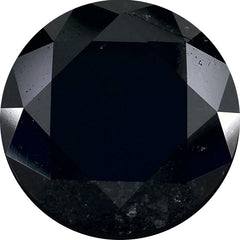 BLACK SPINEL (23)
BLACK SPINEL (23)
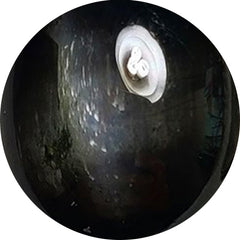 BLACK STAR (32)
BLACK STAR (32)
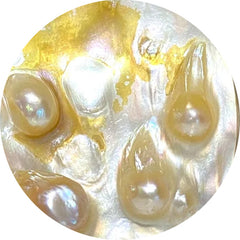 BLISTER PEARL (32)
BLISTER PEARL (32)
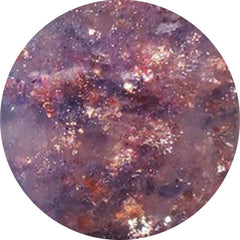 BLOODSHOT IOLITE (77)
BLOODSHOT IOLITE (77)
 BLOODSTONE (71)
BLOODSTONE (71)
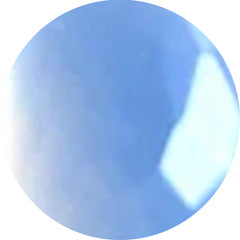 BLUE CHALCEDONY (44)
BLUE CHALCEDONY (44)
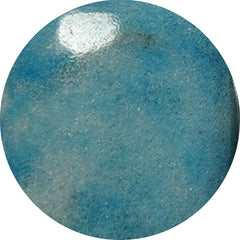 BLUE DIOPSIDE (0)
BLUE DIOPSIDE (0)
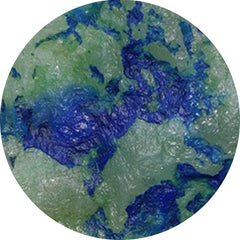 BLUE HORIZON (15)
BLUE HORIZON (15)
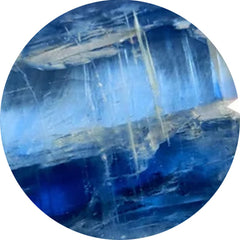 BLUE KYANITE (41)
BLUE KYANITE (41)
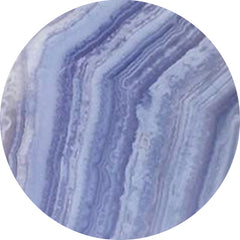 BLUE LACE AGATE (266)
BLUE LACE AGATE (266)
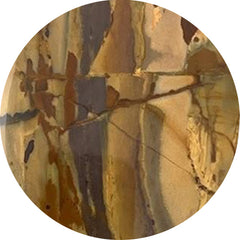 BLUE MOUNTAIN JASPER (0)
BLUE MOUNTAIN JASPER (0)
 BLUE OPAL (168)
BLUE OPAL (168)
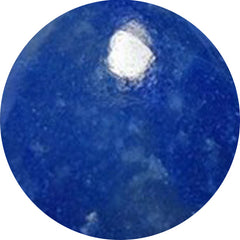 BLUE QUARTZ (40)
BLUE QUARTZ (40)
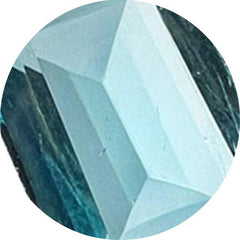 BLUE TOPAZ (64)
BLUE TOPAZ (64)
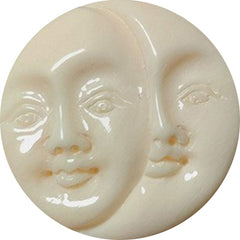 BONE (24)
BONE (24)
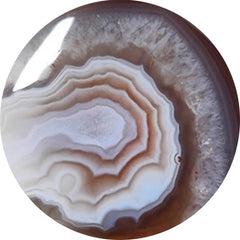 BOTSWANA AGATE (251)
BOTSWANA AGATE (251)
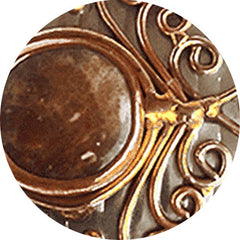 BRONZE (0)
BRONZE (0)
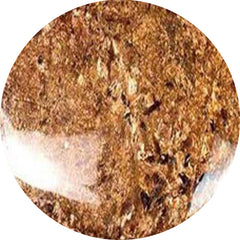 BRONZITE (2)
BRONZITE (2)
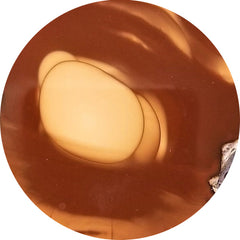 BRUNEAU JASPER (15)
BRUNEAU JASPER (15)
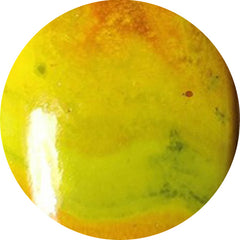 BUMBLE BEE JASPER (209)
BUMBLE BEE JASPER (209)
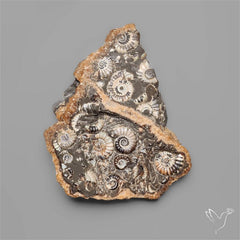 Buy Gemstones In USA (605)
Buy Gemstones In USA (605)
 Cabochons (13065)
Cabochons (13065)
 CACOXENITE (67)
CACOXENITE (67)
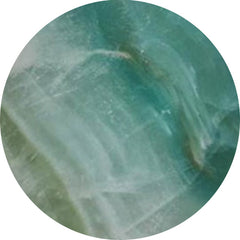 CALCITE (189)
CALCITE (189)
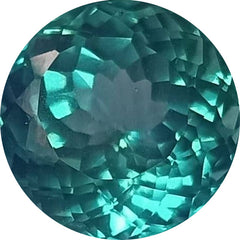 Calibrated (153)
Calibrated (153)
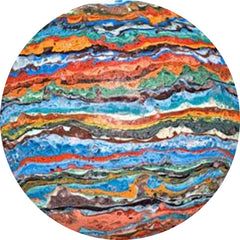 CALSILICA (0)
CALSILICA (0)
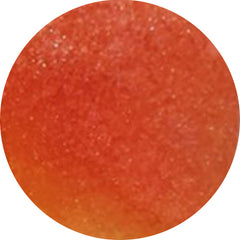 CANDY CORN (6)
CANDY CORN (6)
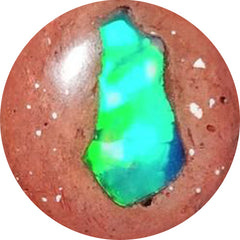 CANTERA OPAL (18)
CANTERA OPAL (18)
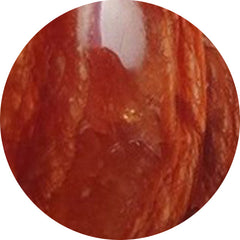 CARAMEL OPAL (2)
CARAMEL OPAL (2)
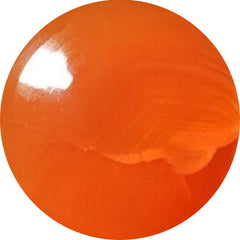 CARNELIAN AGATE (63)
CARNELIAN AGATE (63)
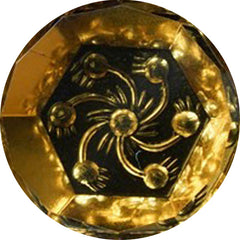 CARVING (1824)
CARVING (1824)
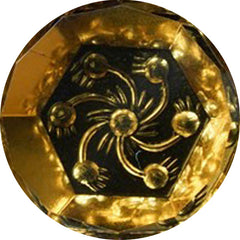 Carvings (2071)
Carvings (2071)
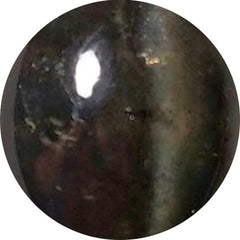 CATS EYE (65)
CATS EYE (65)
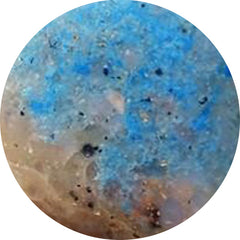 CAVANSITE (16)
CAVANSITE (16)
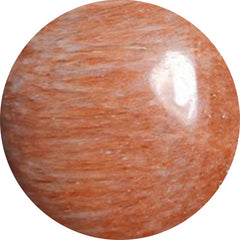 CELESTOBARITE (7)
CELESTOBARITE (7)
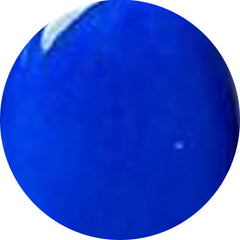 CERULEITE (0)
CERULEITE (0)
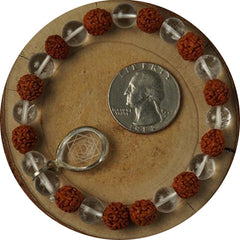 CHAKRA STONE (1)
CHAKRA STONE (1)
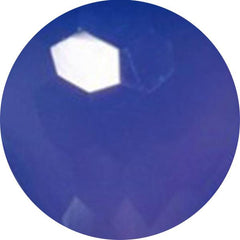 CHALCEDONY (477)
CHALCEDONY (477)
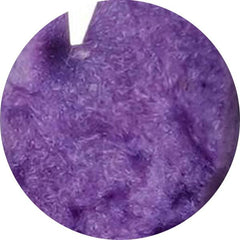 CHAROITE (187)
CHAROITE (187)
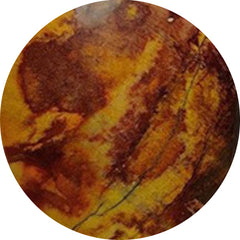 CHERRY CREEK JASPER (10)
CHERRY CREEK JASPER (10)
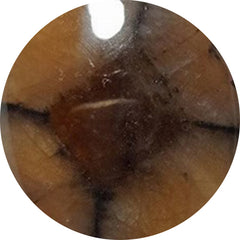 CHIASTOLITE (18)
CHIASTOLITE (18)
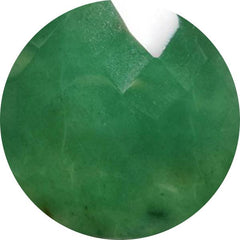 CHROME CHALCEDONY (80)
CHROME CHALCEDONY (80)
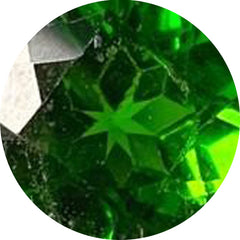 CHROME DIOPSIDE (23)
CHROME DIOPSIDE (23)
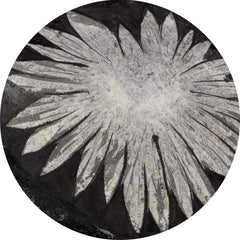 CHRYSANTHEMUM FOSSIL (0)
CHRYSANTHEMUM FOSSIL (0)
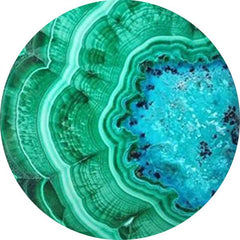 CHRYSOCOLLA (382)
CHRYSOCOLLA (382)
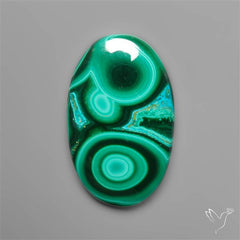 Chrysocolla Malachite (78)
Chrysocolla Malachite (78)
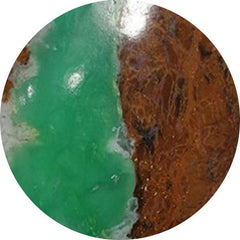 CHRYSOPRASE (283)
CHRYSOPRASE (283)
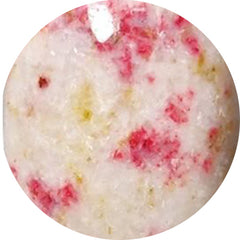 CINNABAR (20)
CINNABAR (20)
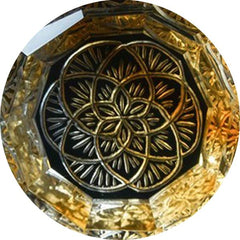 CITRINE (93)
CITRINE (93)
 COBALTO CALCITE (67)
COBALTO CALCITE (67)
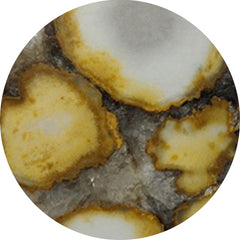 COBRA JASPER (30)
COBRA JASPER (30)
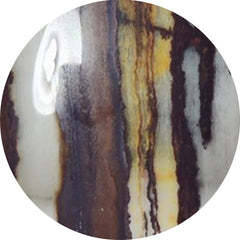 COCONUT JASPER (2)
COCONUT JASPER (2)
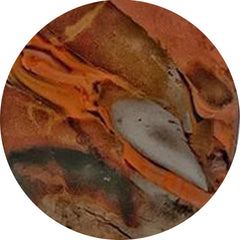 COFFEE BEAN JASPER (2)
COFFEE BEAN JASPER (2)
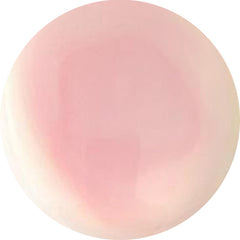 CONCH SHELL (9)
CONCH SHELL (9)
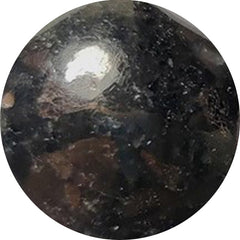 COPPERNITE (0)
COPPERNITE (0)
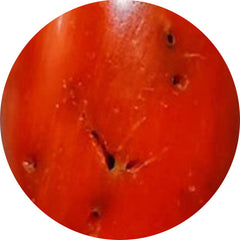 CORAL (348)
CORAL (348)
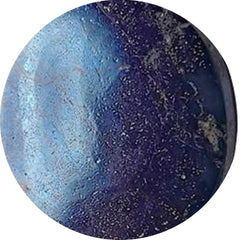 COVELLITE (8)
COVELLITE (8)
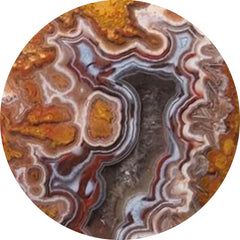 CRAZY LACE AGATE (193)
CRAZY LACE AGATE (193)
 CRYSTAL (220)
CRYSTAL (220)
 CUPRITE (31)
CUPRITE (31)
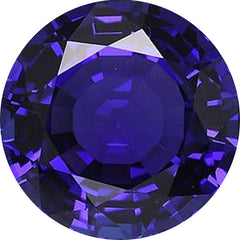 DECEMBER BIRTHSTONE (64)
DECEMBER BIRTHSTONE (64)
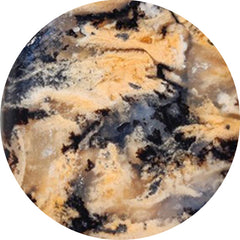 DENDRITIC AGATE (485)
DENDRITIC AGATE (485)
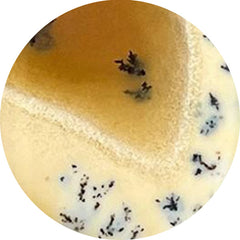 DENDRITIC OPAL (82)
DENDRITIC OPAL (82)
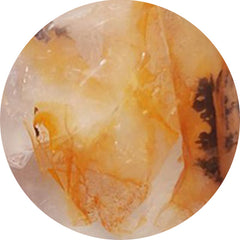 DENDRITIC QUARTZ (2)
DENDRITIC QUARTZ (2)
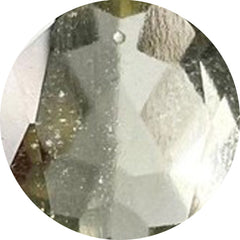 DESERT GLASS (9)
DESERT GLASS (9)
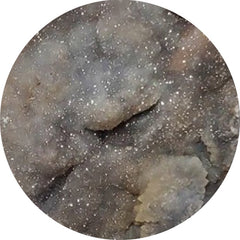 DESERT JASPER DRUZY (14)
DESERT JASPER DRUZY (14)
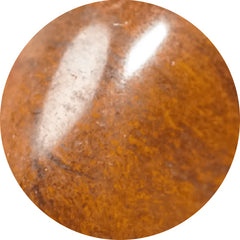 DESERT SUNSET JASPER (9)
DESERT SUNSET JASPER (9)
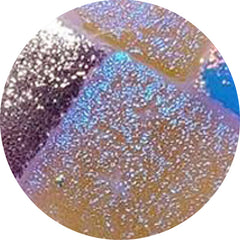 DICHROIC GLASS (143)
DICHROIC GLASS (143)
 DINOSAUR BONE FOSSIL (15)
DINOSAUR BONE FOSSIL (15)
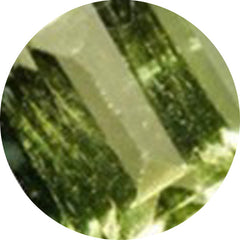 DIOPSIDE (57)
DIOPSIDE (57)
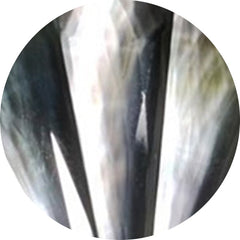 Doublets (838)
Doublets (838)
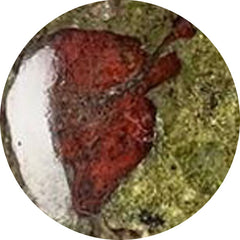 DRAGONBLOOD JASPER (1)
DRAGONBLOOD JASPER (1)
 DRUZY (401)
DRUZY (401)
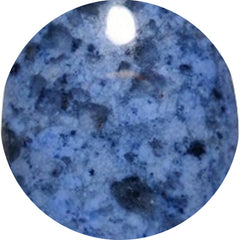 DUMORTIERITE (62)
DUMORTIERITE (62)
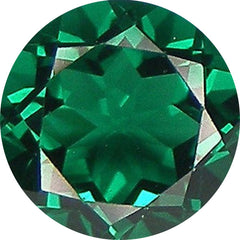 EMERALD (66)
EMERALD (66)
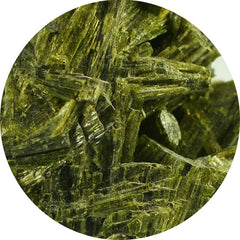 EPIDOTE (10)
EPIDOTE (10)
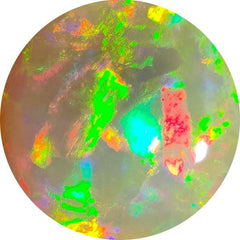 ETHIOPIAN OPAL (43)
ETHIOPIAN OPAL (43)
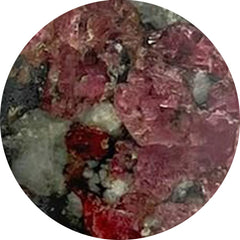 EUDIALYTE (15)
EUDIALYTE (15)
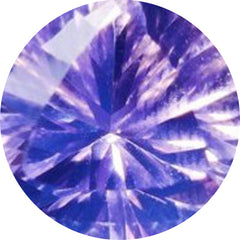 FACETED ROSE CUT (2057)
FACETED ROSE CUT (2057)
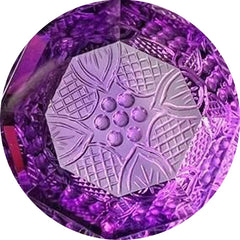 FANTASY CUTS (54)
FANTASY CUTS (54)
 FAWN JASPER (14)
FAWN JASPER (14)
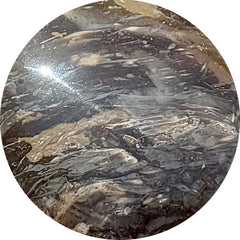 FEATHER AGATE (0)
FEATHER AGATE (0)
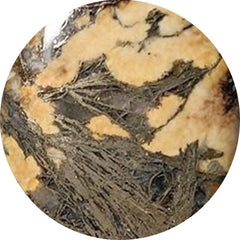 FEATHER PYRITE (38)
FEATHER PYRITE (38)
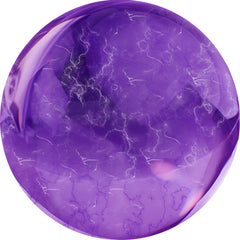 FEBRUARY BIRTHSTONE (556)
FEBRUARY BIRTHSTONE (556)
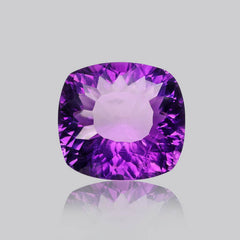 Fine Amethyst (27)
Fine Amethyst (27)
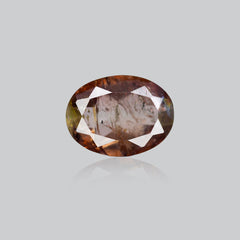 Fine Andalusite (1)
Fine Andalusite (1)
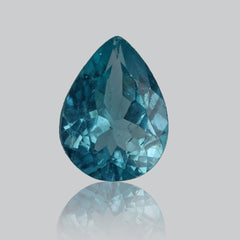 Fine Apatite (7)
Fine Apatite (7)
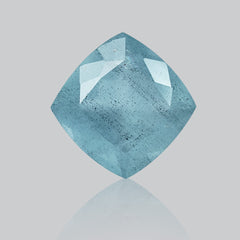 Fine Aquamarine (10)
Fine Aquamarine (10)
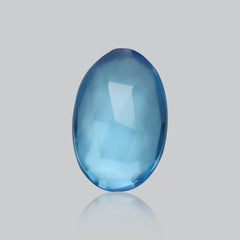 Fine Blue Topaz (41)
Fine Blue Topaz (41)
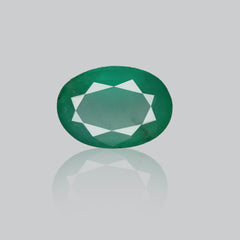 Fine Emerald (13)
Fine Emerald (13)
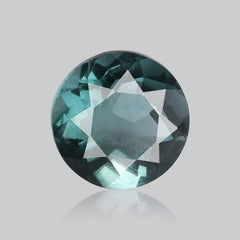 Fine Fluorite (12)
Fine Fluorite (12)
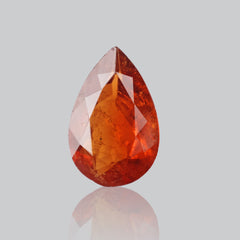 Fine Garnet (27)
Fine Garnet (27)
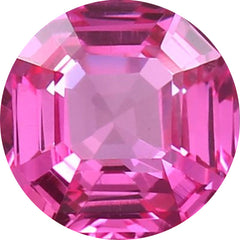 Fine Gemstone (0)
Fine Gemstone (0)
 Fine Iolite (10)
Fine Iolite (10)
 Fine Kyanite (30)
Fine Kyanite (30)
 Fine Moonstone (10)
Fine Moonstone (10)
 Fine Peridot (21)
Fine Peridot (21)
 Fine Prasiolite (27)
Fine Prasiolite (27)
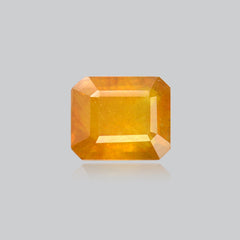 Fine Sapphire (1)
Fine Sapphire (1)
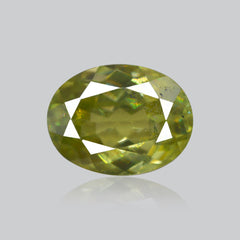 Fine Sphene (17)
Fine Sphene (17)
 Fine Sunstone (5)
Fine Sunstone (5)
 Fine Tanzanite (27)
Fine Tanzanite (27)
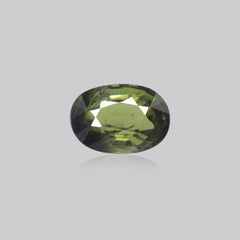 Fine Tourmaline (4)
Fine Tourmaline (4)
 FIRE AGATE (7)
FIRE AGATE (7)
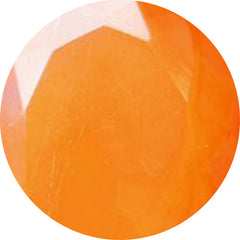 FIRE OPALS (8)
FIRE OPALS (8)
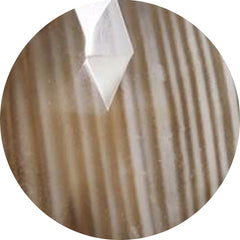 FLINT STONE (10)
FLINT STONE (10)
 FLUORITE (185)
FLUORITE (185)
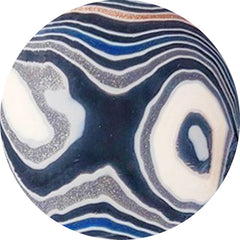 FORDITE (58)
FORDITE (58)
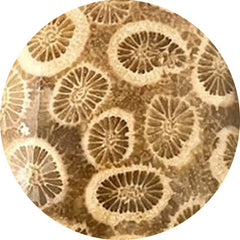 FOSSIL CORAL (300)
FOSSIL CORAL (300)
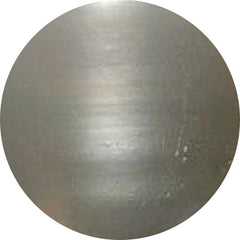 FOSSIL MARSTON MARBLE (24)
FOSSIL MARSTON MARBLE (24)
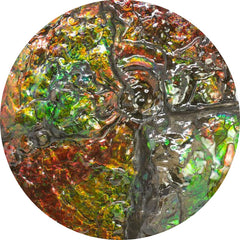 Fossils (536)
Fossils (536)
 FRESHWATER PEARL (23)
FRESHWATER PEARL (23)
 FRUIT JASPER (14)
FRUIT JASPER (14)
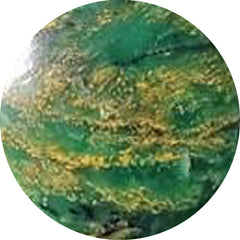 FUCHSITE (7)
FUCHSITE (7)
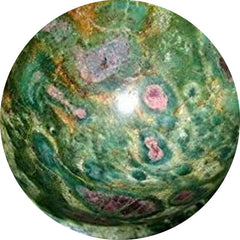 FUSCHITE (11)
FUSCHITE (11)
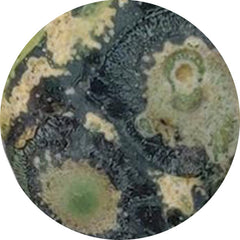 GALAXY JASPER (3)
GALAXY JASPER (3)
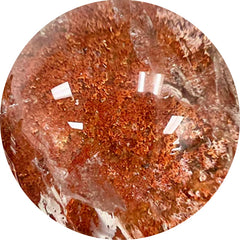 GARDEN QUARTZ (6)
GARDEN QUARTZ (6)
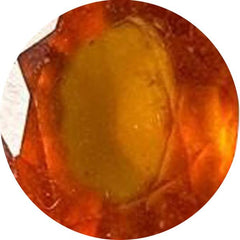 GARNET (119)
GARNET (119)
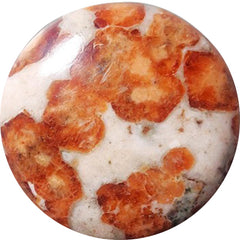 GARNET IN LIMESTONE (36)
GARNET IN LIMESTONE (36)
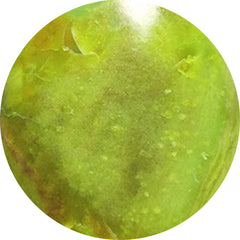 GASPEITE (14)
GASPEITE (14)
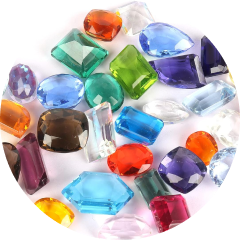 GEMSTONE LOTS (461)
GEMSTONE LOTS (461)
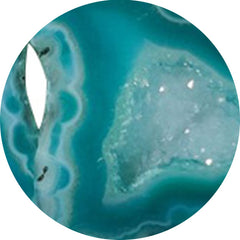 GEODE (17)
GEODE (17)
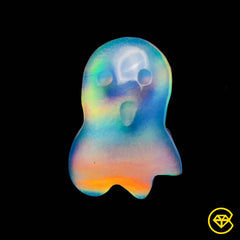 Ghost carving (65)
Ghost carving (65)
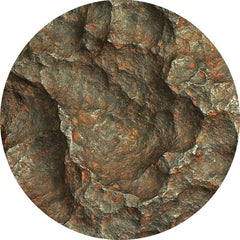 GIBEON METEORITE (28)
GIBEON METEORITE (28)
 GILA MONSTER AGATE (16)
GILA MONSTER AGATE (16)
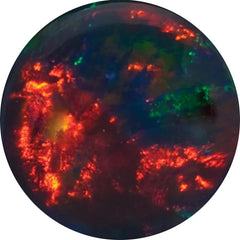 GILSON OPAL (23)
GILSON OPAL (23)
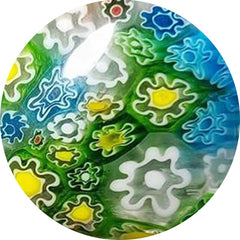 GLASS (162)
GLASS (162)
 GLOW STONE (15)
GLOW STONE (15)
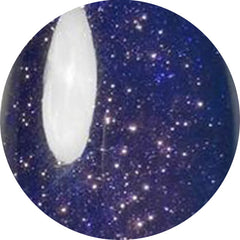 GOLDSTONE (36)
GOLDSTONE (36)
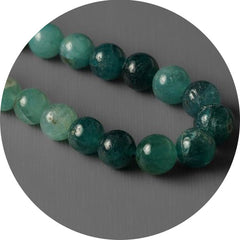 GRANDIDIERITE (8)
GRANDIDIERITE (8)
 GRAPE AGATE (114)
GRAPE AGATE (114)
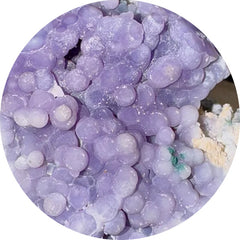 GRAPE CHALCEDONY (4)
GRAPE CHALCEDONY (4)
 Green Gemstones (421)
Green Gemstones (421)
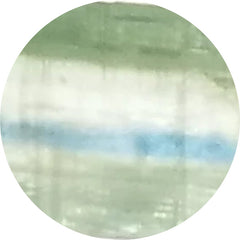 GREEN KYANITE (12)
GREEN KYANITE (12)
 GREEN PRASE OPAL (12)
GREEN PRASE OPAL (12)
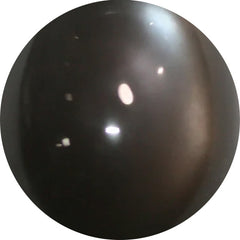 GREY MOONSTONE (31)
GREY MOONSTONE (31)
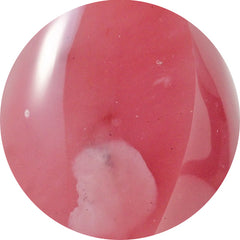 GUAVA QUARTZ (9)
GUAVA QUARTZ (9)
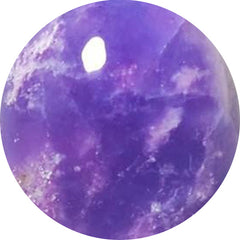 HACKMANITE (12)
HACKMANITE (12)
 HEART CARVING (345)
HEART CARVING (345)
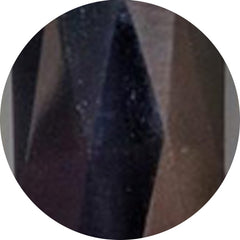 HEMATITE (37)
HEMATITE (37)
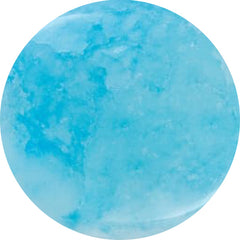 HEMIMORPHITE (54)
HEMIMORPHITE (54)
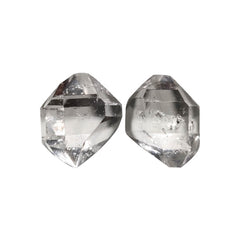 Herkimer Diamond (41)
Herkimer Diamond (41)
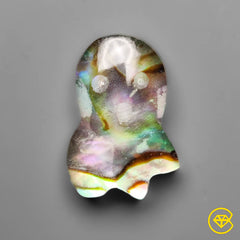 Himalayan Quartz (457)
Himalayan Quartz (457)
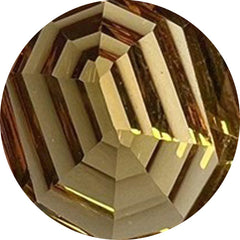 HONEY QUARTZ (20)
HONEY QUARTZ (20)
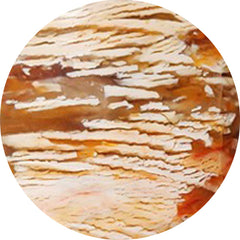 HOWARDITE OPAL (29)
HOWARDITE OPAL (29)
 HOWLITE (4)
HOWLITE (4)
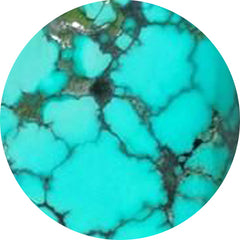 HUBEI TURQUOISE (64)
HUBEI TURQUOISE (64)
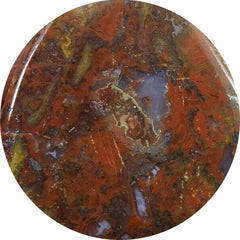 HUNGARIAN AGATE (1)
HUNGARIAN AGATE (1)
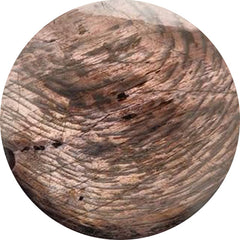 HYPERSTHENE (46)
HYPERSTHENE (46)
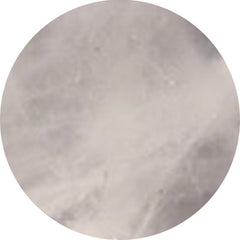 ICE QUARTZ (0)
ICE QUARTZ (0)
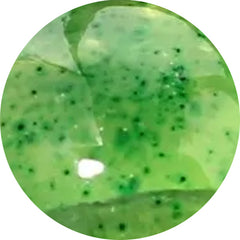 IDOCRASE (1)
IDOCRASE (1)
 IMPERIAL JASPER (82)
IMPERIAL JASPER (82)
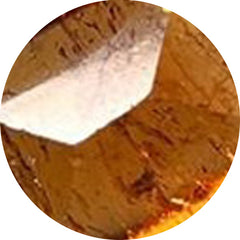 IMPERIAL TOPAZ (0)
IMPERIAL TOPAZ (0)
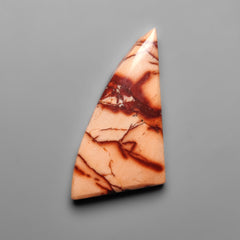 INDIAN PAINT STONE (5)
INDIAN PAINT STONE (5)
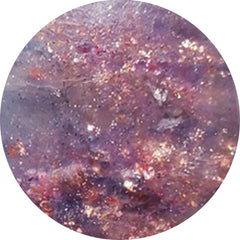 IOLITE (142)
IOLITE (142)
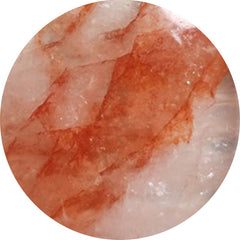 IRON QUARTZ (51)
IRON QUARTZ (51)
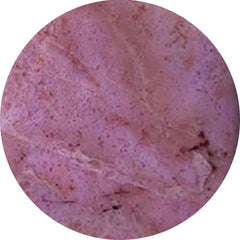 JADE (37)
JADE (37)
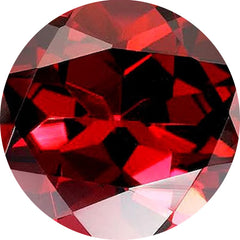 JANUARY BIRTHSTONE (119)
JANUARY BIRTHSTONE (119)
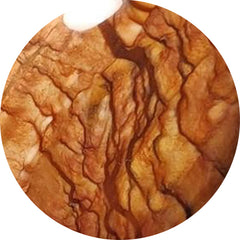 JASPERS (42)
JASPERS (42)
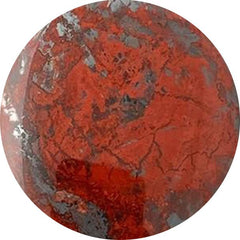 JASPILLITE (5)
JASPILLITE (5)
 JAVA CHALCEDONY (16)
JAVA CHALCEDONY (16)
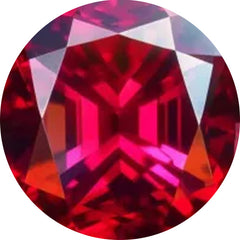 JULY BIRTHSTONE (186)
JULY BIRTHSTONE (186)
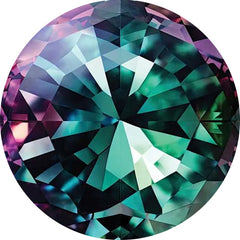 June Birthstones: Moonstone, Pearl, and Alexandrite (635)
June Birthstones: Moonstone, Pearl, and Alexandrite (635)
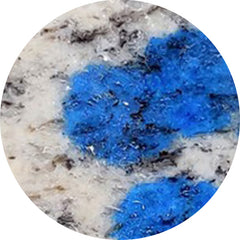 K2 JASPER (9)
K2 JASPER (9)
 KALEIDOSCOPE AGATE (0)
KALEIDOSCOPE AGATE (0)
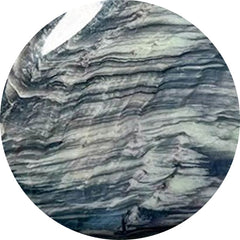 KAMMERERITE (108)
KAMMERERITE (108)
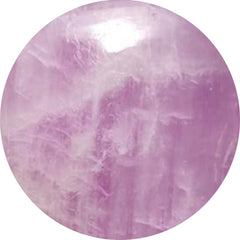 KUNZITE (7)
KUNZITE (7)
 KYANITE (100)
KYANITE (100)
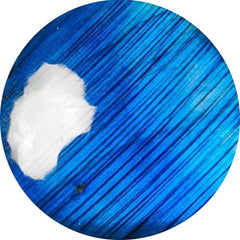 LABRADORITE (272)
LABRADORITE (272)
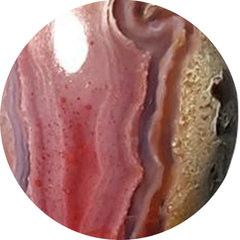 LAGUNA LACE AGATE (61)
LAGUNA LACE AGATE (61)
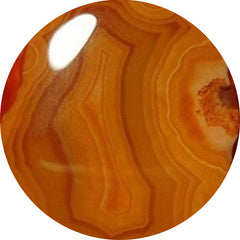 LAKE SUPERIOR AGATE (27)
LAKE SUPERIOR AGATE (27)
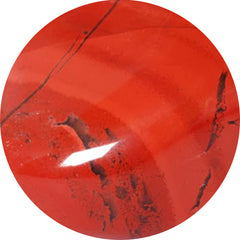 LANDSCAPE JASPER (0)
LANDSCAPE JASPER (0)
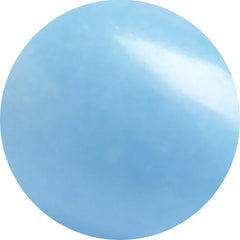 LANGITE (0)
LANGITE (0)
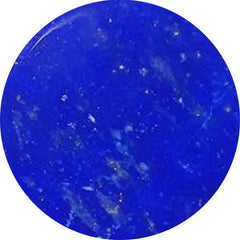 LAPIS LAZULI (175)
LAPIS LAZULI (175)
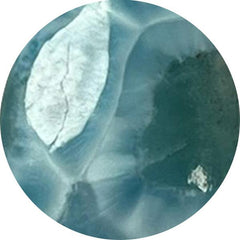 LARIMAR (103)
LARIMAR (103)
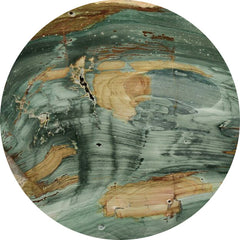 LARSONITE (19)
LARSONITE (19)
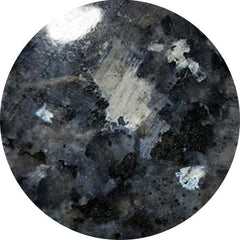 LARVIKITE FELDSPAR (46)
LARVIKITE FELDSPAR (46)
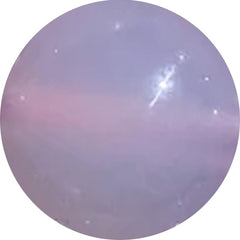 LAVENDER CHALCEDONY (29)
LAVENDER CHALCEDONY (29)
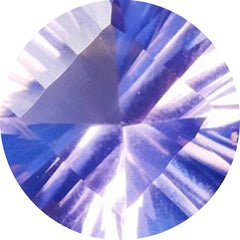 LAVENDER QUARTZ (5)
LAVENDER QUARTZ (5)
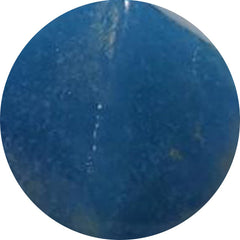 LAZULITE (8)
LAZULITE (8)
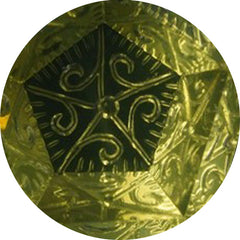 LEMON QUARTZ (45)
LEMON QUARTZ (45)
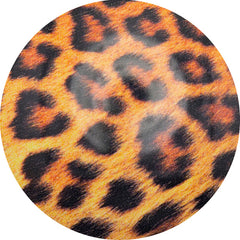 LEOPARD SKIN SHELL (0)
LEOPARD SKIN SHELL (0)
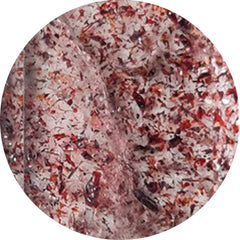 LEPIDOCROCITE (8)
LEPIDOCROCITE (8)
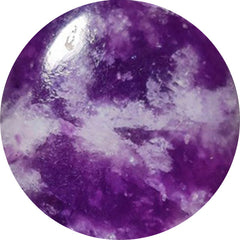 LEPIDOLITE (83)
LEPIDOLITE (83)
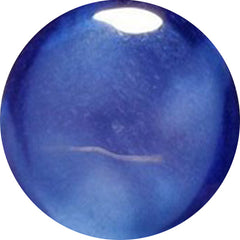 LINDY STAR SAPPHIRE (0)
LINDY STAR SAPPHIRE (0)
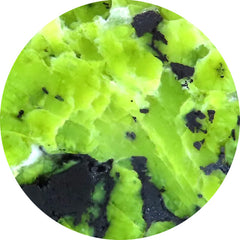 LIZARDITE (59)
LIZARDITE (59)
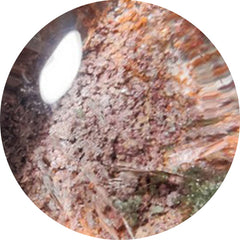 LODOLITE (95)
LODOLITE (95)
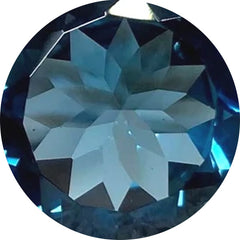 LONDON BLUE TOPAZ (21)
LONDON BLUE TOPAZ (21)
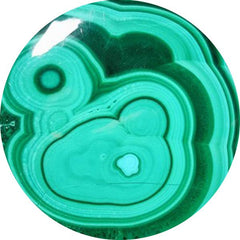 MALACHITE (608)
MALACHITE (608)
 Malawi Moonstone (63)
Malawi Moonstone (63)
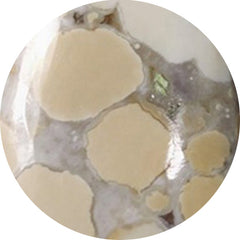 MALIGANO JASPER (73)
MALIGANO JASPER (73)
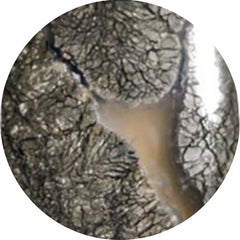 MARCASITE (28)
MARCASITE (28)
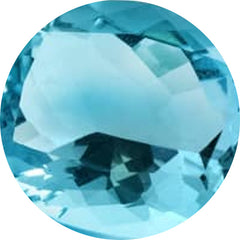 MARCH BIRTHSTONE (102)
MARCH BIRTHSTONE (102)
 Marquise Shape Gemstones (7)
Marquise Shape Gemstones (7)
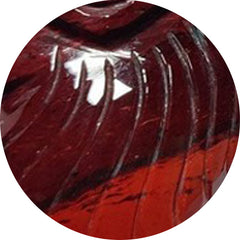 MARY ELLEN JASPER (0)
MARY ELLEN JASPER (0)
 MAW SIT SIT (18)
MAW SIT SIT (18)
 MAY BIRTHSTONE (66)
MAY BIRTHSTONE (66)
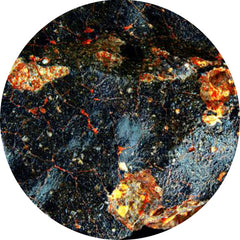 METEORITE (28)
METEORITE (28)
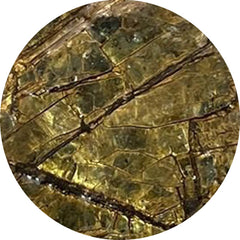 MICA (45)
MICA (45)
 MIDNIGHT QUARTZITE (21)
MIDNIGHT QUARTZITE (21)
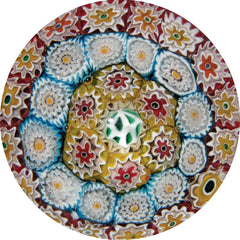 MILLEFIORI GLASS (2)
MILLEFIORI GLASS (2)
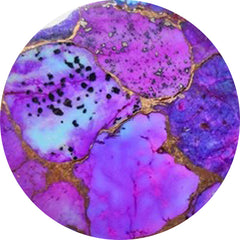 MOHAVE TURQUOISE (83)
MOHAVE TURQUOISE (83)
 MOHAWKITES (0)
MOHAWKITES (0)
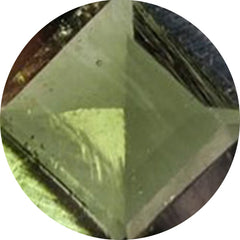 MOLDAVITE (27)
MOLDAVITE (27)
 MONARCH OPAL (10)
MONARCH OPAL (10)
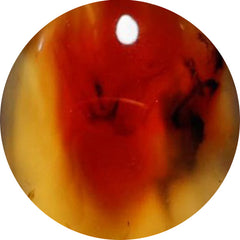 MONTANA AGATE (95)
MONTANA AGATE (95)
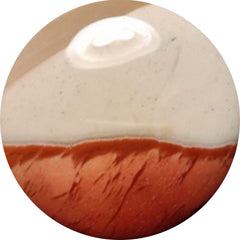 MOOKAITE (39)
MOOKAITE (39)
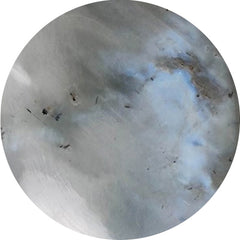 MOONSTONE (329)
MOONSTONE (329)
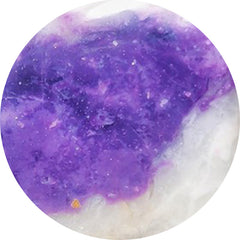 MORADO OPAL (1)
MORADO OPAL (1)
 Morenci Turquoise (0)
Morenci Turquoise (0)
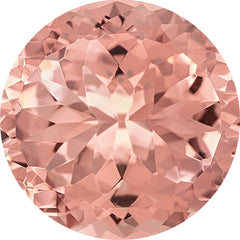 MORGANITE (0)
MORGANITE (0)
 MOROCCAN SEAM AGATE (108)
MOROCCAN SEAM AGATE (108)
 MOSS AGATE (414)
MOSS AGATE (414)
 MOTHER OF PEARL (501)
MOTHER OF PEARL (501)
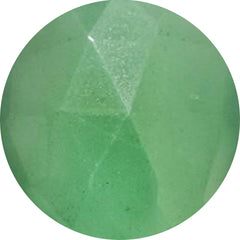 MTOROLITE (46)
MTOROLITE (46)
 Mughal Carving (520)
Mughal Carving (520)
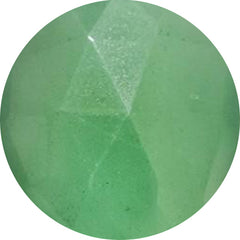 MUSCOVITE (21)
MUSCOVITE (21)
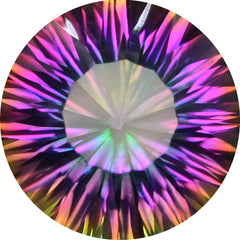 MYSTIC QUARTZ (1)
MYSTIC QUARTZ (1)
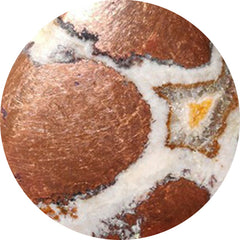 NATIVE COPPER (34)
NATIVE COPPER (34)
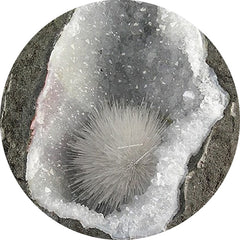 NATROLITE (27)
NATROLITE (27)
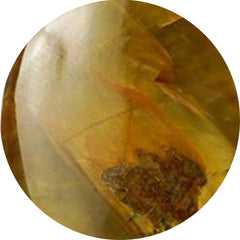 NELLITE (8)
NELLITE (8)
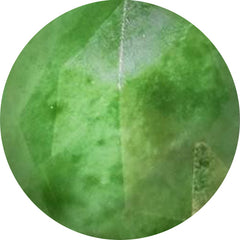 NEPHRITE JADE (4)
NEPHRITE JADE (4)
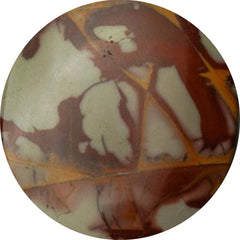 NOREENA JASPER (33)
NOREENA JASPER (33)
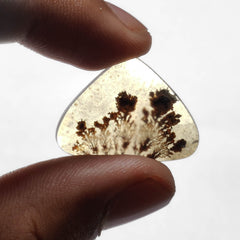 NOVEMBER BIRTHSTONE (92)
NOVEMBER BIRTHSTONE (92)
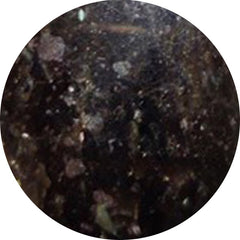 NUUMMITE (0)
NUUMMITE (0)
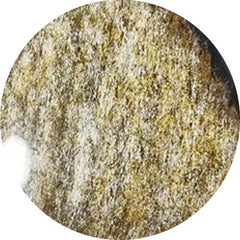 OBSIDIAN (368)
OBSIDIAN (368)
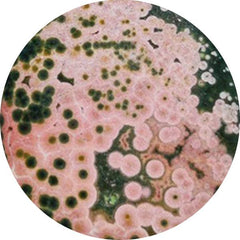 OCEAN JASPER (288)
OCEAN JASPER (288)
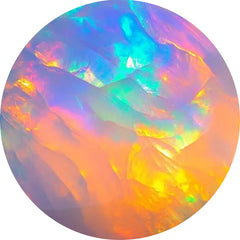 OCTOBER BIRTHSTONE (172)
OCTOBER BIRTHSTONE (172)
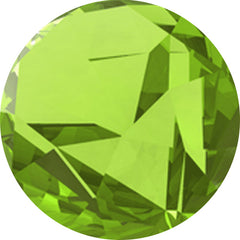 OLIVE QUARTZ (6)
OLIVE QUARTZ (6)
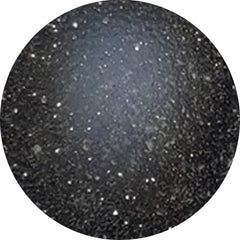 ONYX (292)
ONYX (292)
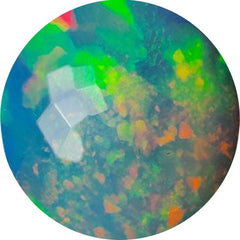 Opal (1035)
Opal (1035)
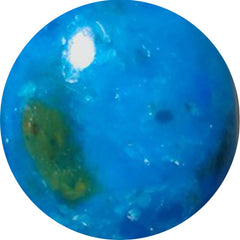 OPALINA (11)
OPALINA (11)
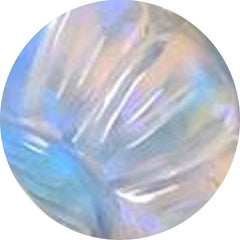 OPALITE (27)
OPALITE (27)
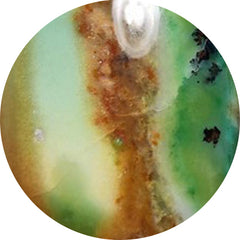 OPALWOOD (5)
OPALWOOD (5)
 Orange Gemstones (325)
Orange Gemstones (325)
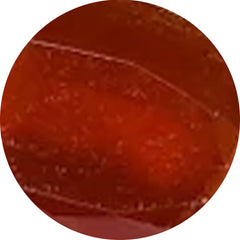 ORANGE KYANITE (3)
ORANGE KYANITE (3)
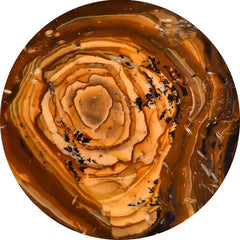 OREGON JASPER (7)
OREGON JASPER (7)
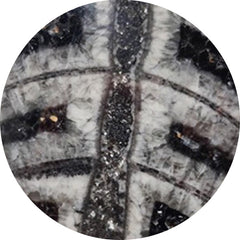 ORTHOCERAS FOSSIL (42)
ORTHOCERAS FOSSIL (42)
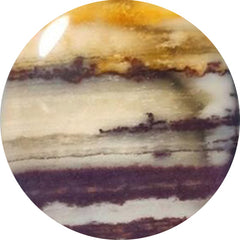 OUTBACK JASPER (5)
OUTBACK JASPER (5)
 Oval Shape Gemstones (10)
Oval Shape Gemstones (10)
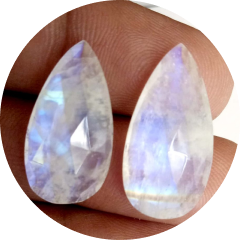 Pairs (1085)
Pairs (1085)
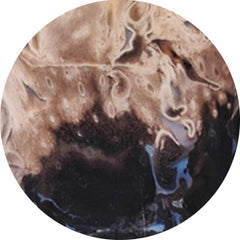 PALMROOT AGATE (62)
PALMROOT AGATE (62)
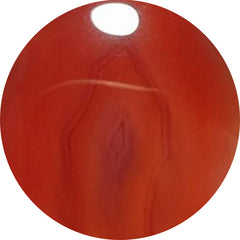 PASSION AGATE (1)
PASSION AGATE (1)
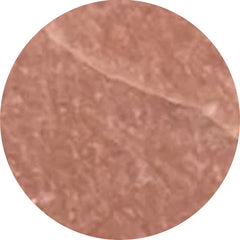 PEACH MOONSTONE (50)
PEACH MOONSTONE (50)
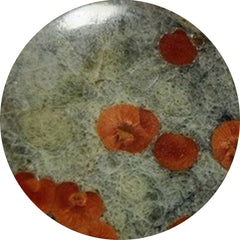 PEANUT OBSIDIAN (43)
PEANUT OBSIDIAN (43)
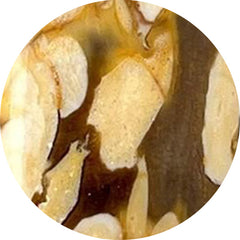 PEANUT WOOD JASPER (91)
PEANUT WOOD JASPER (91)
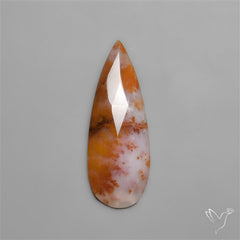 Pear Shape Gemstones (11)
Pear Shape Gemstones (11)
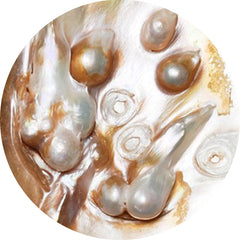 PEARL (635)
PEARL (635)
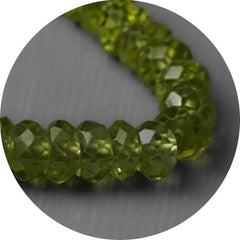 PERIDOT (24)
PERIDOT (24)
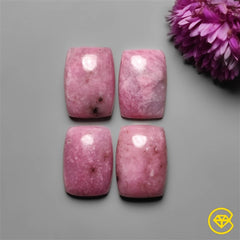 PETALITE (23)
PETALITE (23)
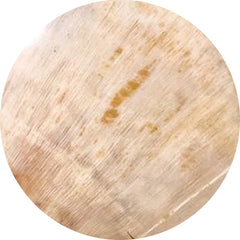 PETRIFIED WOOD (49)
PETRIFIED WOOD (49)
 PHOSPHOSIDERITE (96)
PHOSPHOSIDERITE (96)
 PICASSO JASPER (74)
PICASSO JASPER (74)
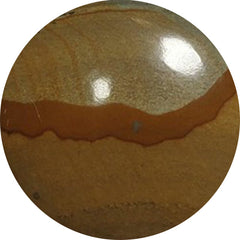 PICTURE JASPER (74)
PICTURE JASPER (74)
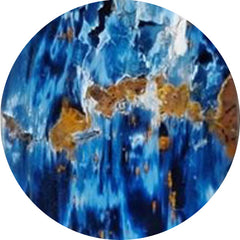 PIETERSITE (60)
PIETERSITE (60)
 Pink Gemstones (419)
Pink Gemstones (419)
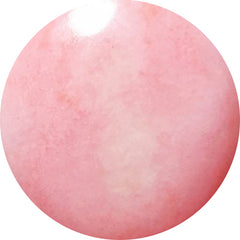 PINK OPAL (155)
PINK OPAL (155)
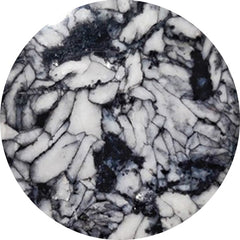 PINOLITH (38)
PINOLITH (38)
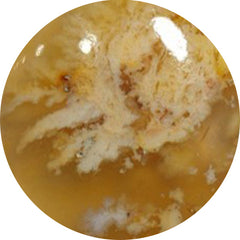 PLUME AGATE (96)
PLUME AGATE (96)
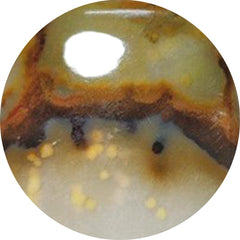 POLKA DOT AGATE (41)
POLKA DOT AGATE (41)
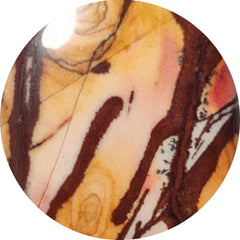 POLYCHROME JASPER (48)
POLYCHROME JASPER (48)
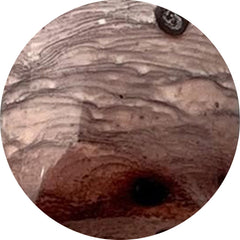 PORCELAIN JASPER (33)
PORCELAIN JASPER (33)
 PRASIOLITE (48)
PRASIOLITE (48)
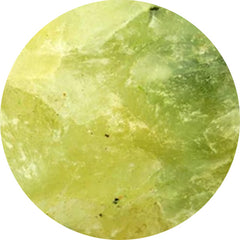 PREHNITE (24)
PREHNITE (24)
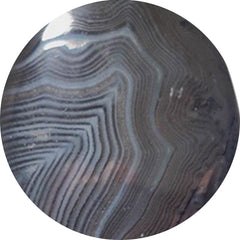 PSILOMELANE (24)
PSILOMELANE (24)
 PURPLE CHALCEDONY (45)
PURPLE CHALCEDONY (45)
 Purple Gemstones (933)
Purple Gemstones (933)
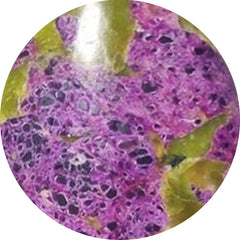 PURPURITE (8)
PURPURITE (8)
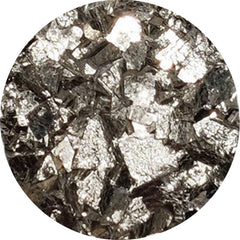 PYRITE (134)
PYRITE (134)
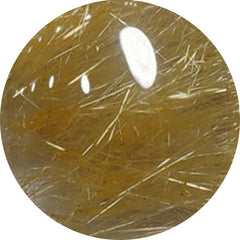 QUARTZ (125)
QUARTZ (125)
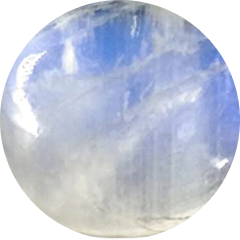 Rain Moonstones (0)
Rain Moonstones (0)
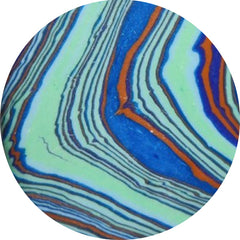 RAINBOW CALCILICA (13)
RAINBOW CALCILICA (13)
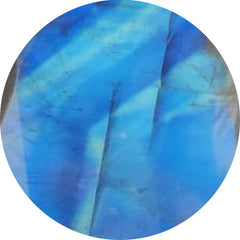 RAINBOW MOONSTONE (73)
RAINBOW MOONSTONE (73)
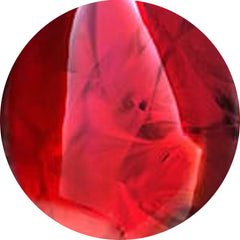 RED FOSSIL (0)
RED FOSSIL (0)
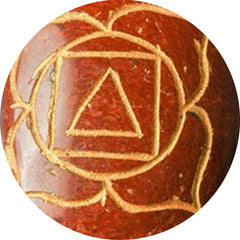 RED JASPER (3)
RED JASPER (3)
 Red Moss Agate (86)
Red Moss Agate (86)
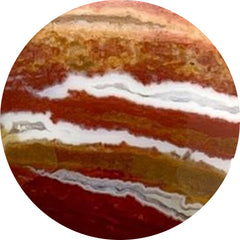 RED RIVER JASPER (16)
RED RIVER JASPER (16)
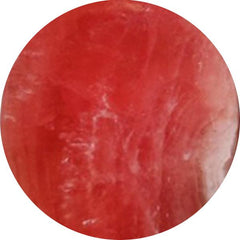 RHODOCHROSITE (359)
RHODOCHROSITE (359)
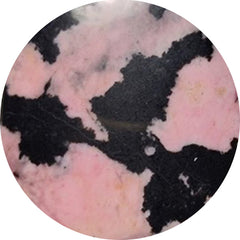 RHODONITE (83)
RHODONITE (83)
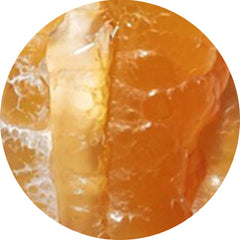 ROCK CHALCEDONY (2)
ROCK CHALCEDONY (2)
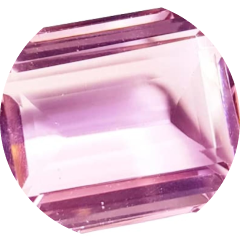 Rose Cut Gemstones (769)
Rose Cut Gemstones (769)
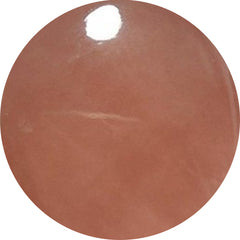 ROSE QUARTZ (58)
ROSE QUARTZ (58)
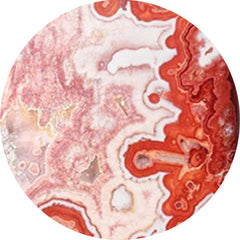 ROSITA JASPER (12)
ROSITA JASPER (12)
 Round Shape Gemstones (9)
Round Shape Gemstones (9)
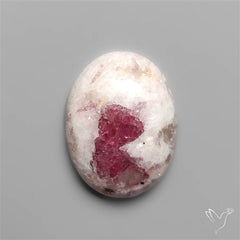 Rubellite (16)
Rubellite (16)
 RUBY IN FUCHSITE (6)
RUBY IN FUCHSITE (6)
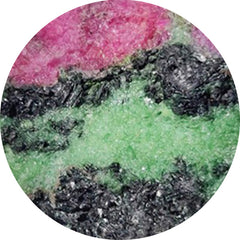 RUBY IN ZOISITE (95)
RUBY IN ZOISITE (95)
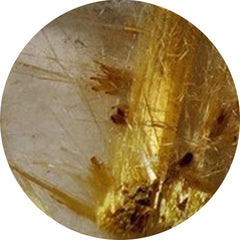 RUTILATED QUARTZ (254)
RUTILATED QUARTZ (254)
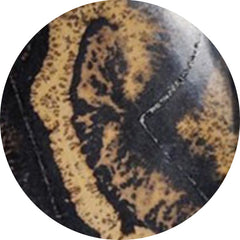 SAGE BRUSH JASPER (0)
SAGE BRUSH JASPER (0)
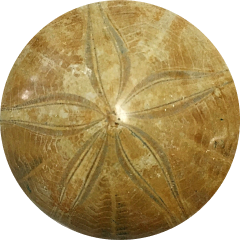 SAND DOLLAR FOSSIL (4)
SAND DOLLAR FOSSIL (4)
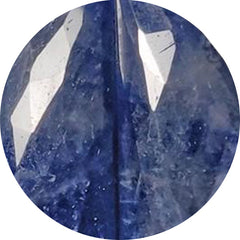 SAPPHIRE (43)
SAPPHIRE (43)
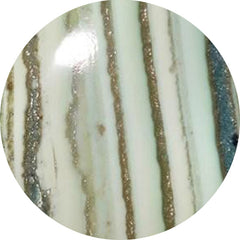 SATURN CHALCEDONY (61)
SATURN CHALCEDONY (61)
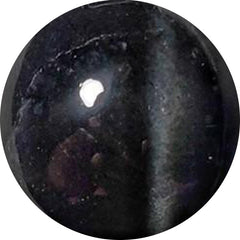 SCAPOLITE (13)
SCAPOLITE (13)
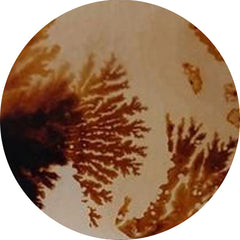 SCENIC AGATE (119)
SCENIC AGATE (119)
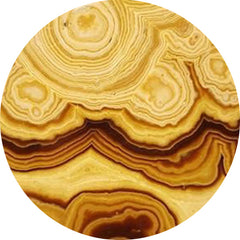 SCHALENBLENDE (102)
SCHALENBLENDE (102)
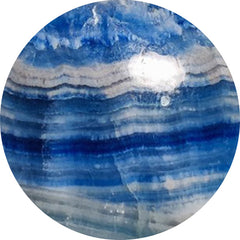 SCHEELITE (37)
SCHEELITE (37)
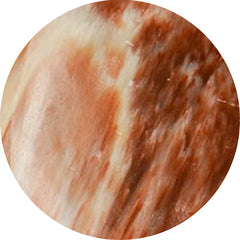 SCOLECITE (50)
SCOLECITE (50)
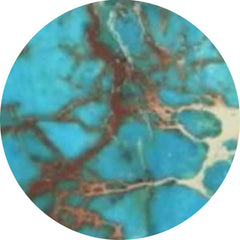 SEA SEDIMENT JASPER (1)
SEA SEDIMENT JASPER (1)
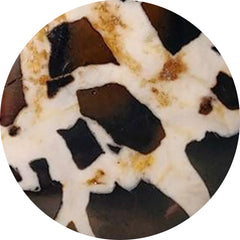 SEPTARIAN (95)
SEPTARIAN (95)
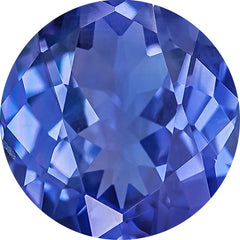 SEPTEMBER BIRTHSTONE (177)
SEPTEMBER BIRTHSTONE (177)
 SERAPHINITE (74)
SERAPHINITE (74)
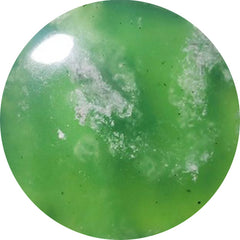 SERPENTINE (182)
SERPENTINE (182)
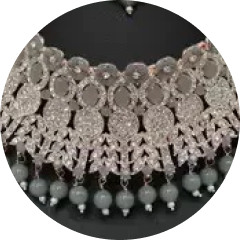 SETS (0)
SETS (0)
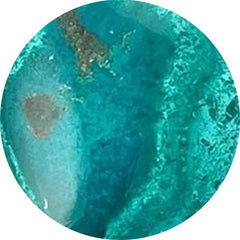 SHATTUCKITE (289)
SHATTUCKITE (289)
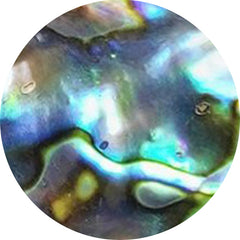 SHELL (280)
SHELL (280)
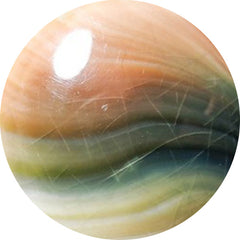 SHIVA EYE SHELL (48)
SHIVA EYE SHELL (48)
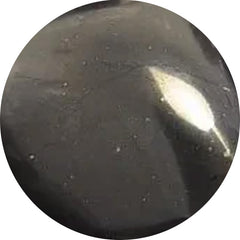 SHUNGITE (5)
SHUNGITE (5)
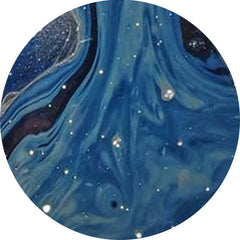 SIEBER AGATE (0)
SIEBER AGATE (0)
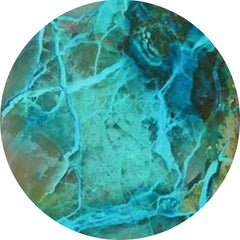 SILICA (4)
SILICA (4)
 Silver Leaf Jasper (9)
Silver Leaf Jasper (9)
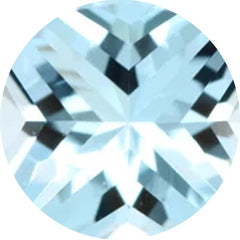 SKY BLUE TOPAZ (6)
SKY BLUE TOPAZ (6)
 SMITHSONITE (33)
SMITHSONITE (33)
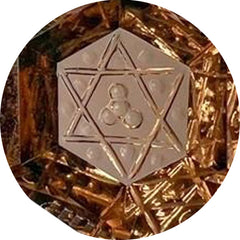 SMOKY QUARTZ (26)
SMOKY QUARTZ (26)
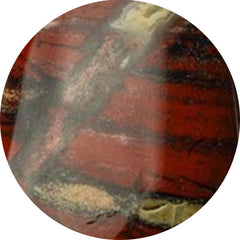 SNAKESKIN JASPER (54)
SNAKESKIN JASPER (54)
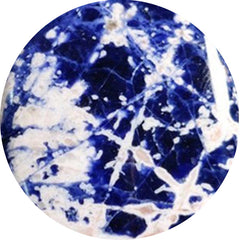 SODALITE (81)
SODALITE (81)
 SOLAR AGATE (0)
SOLAR AGATE (0)
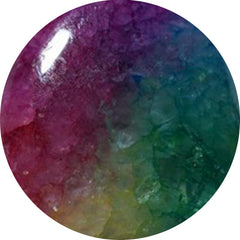 SOLAR QUARTZ (53)
SOLAR QUARTZ (53)
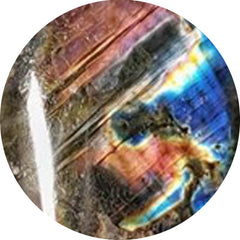 SPECTROLITE (67)
SPECTROLITE (67)
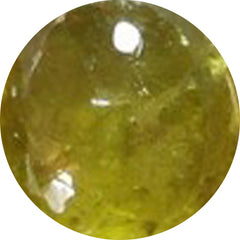 SPHENCE (25)
SPHENCE (25)
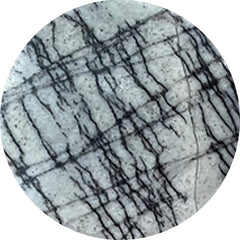 SPIDERWEB JASPER (4)
SPIDERWEB JASPER (4)
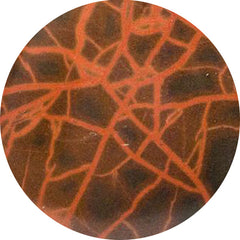 SPIDERWOMAN JASPER (0)
SPIDERWOMAN JASPER (0)
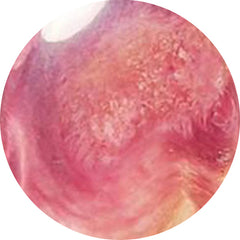 SPINY OYSTER SHELL (59)
SPINY OYSTER SHELL (59)
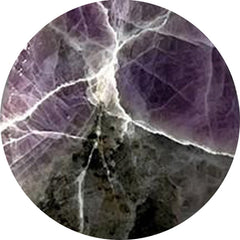 SPURRITE (7)
SPURRITE (7)
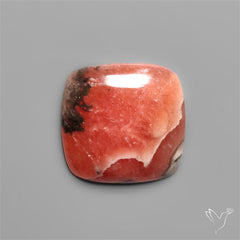 Square Shape Gemstones (11)
Square Shape Gemstones (11)
 STARBURST (1)
STARBURST (1)
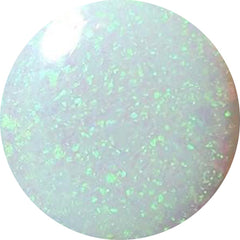 STERLING OPAL (1)
STERLING OPAL (1)
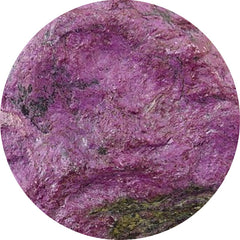 Stichtite (38)
Stichtite (38)
 STICK AGATE (8)
STICK AGATE (8)
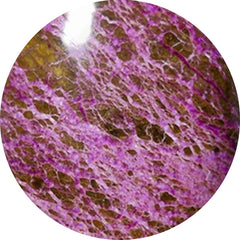 STITCHTITE (125)
STITCHTITE (125)
 STRAMATOLITE (0)
STRAMATOLITE (0)
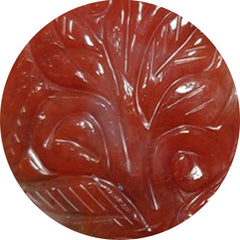 STRAWBERRY QUARTZ (13)
STRAWBERRY QUARTZ (13)
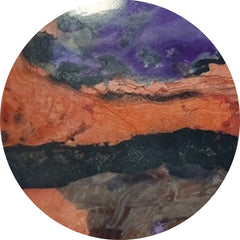 SUGILITE (1)
SUGILITE (1)
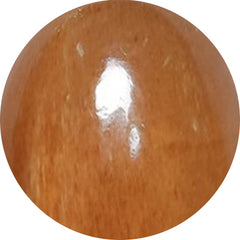 SUNSTONE (205)
SUNSTONE (205)
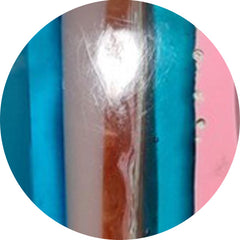 SURFITE (1)
SURFITE (1)
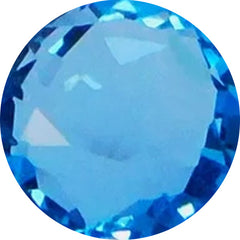 SWISS BLUE TOPAZ (34)
SWISS BLUE TOPAZ (34)
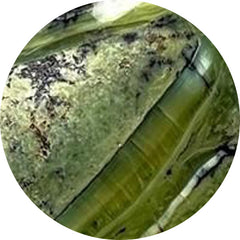 SWISS OPAL (0)
SWISS OPAL (0)
 TANZANITE (30)
TANZANITE (30)
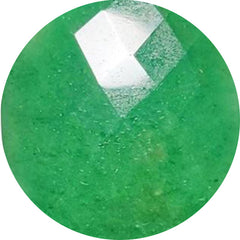 TANZURINE (11)
TANZURINE (11)
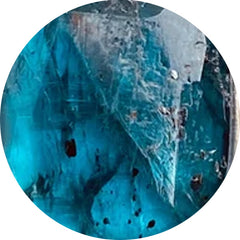 TEAL KYANITE (9)
TEAL KYANITE (9)
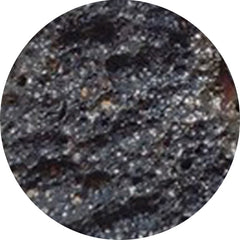 TEKTITE (42)
TEKTITE (42)
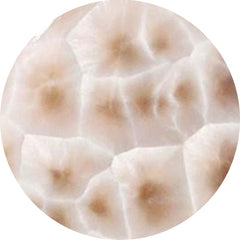 THOMSONITE (36)
THOMSONITE (36)
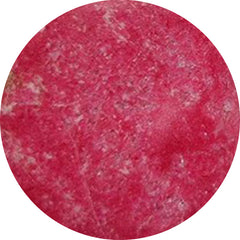 THULITE (87)
THULITE (87)
 THUNDER EGG AGATE (0)
THUNDER EGG AGATE (0)
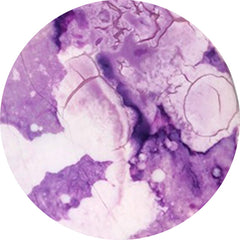 TIFFANY STONE (8)
TIFFANY STONE (8)
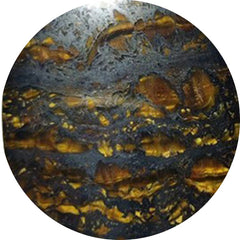 TIGER EYE (69)
TIGER EYE (69)
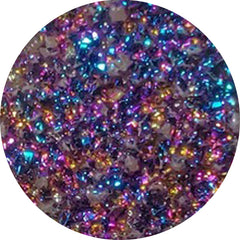 TITANIUM DRUZY (5)
TITANIUM DRUZY (5)
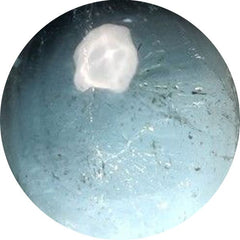 TOPAZ (64)
TOPAZ (64)
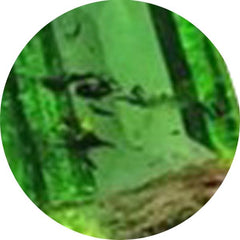 TOURMALINE (183)
TOURMALINE (183)
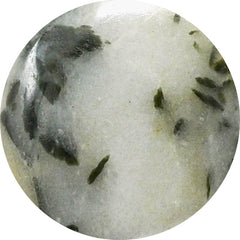 TOURMALINE IN QUARTZ (87)
TOURMALINE IN QUARTZ (87)
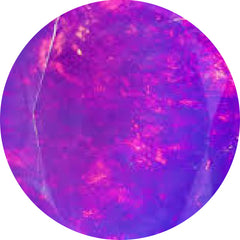 TREATED OPAL (37)
TREATED OPAL (37)
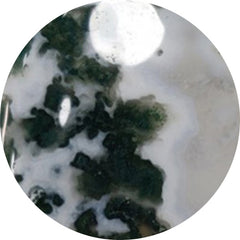 TREE AGATE (31)
TREE AGATE (31)
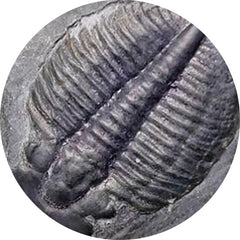 TRILOBITE FOSSIL (14)
TRILOBITE FOSSIL (14)
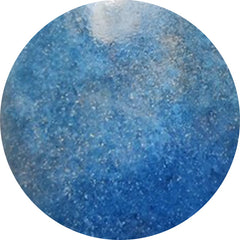 TROLLEITE QUARTZ (30)
TROLLEITE QUARTZ (30)
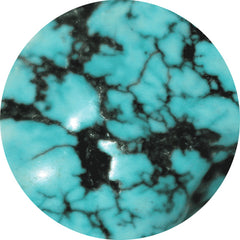 TUMBLES (1)
TUMBLES (1)
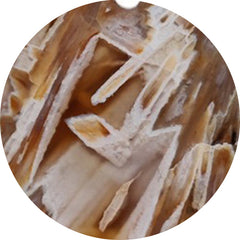 TURKISH TUBE AGATE (63)
TURKISH TUBE AGATE (63)
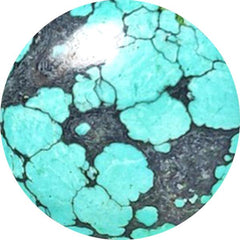 TURQUOISE (278)
TURQUOISE (278)
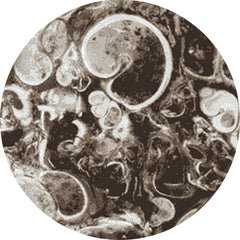 TURRITELLA JASPER (2)
TURRITELLA JASPER (2)
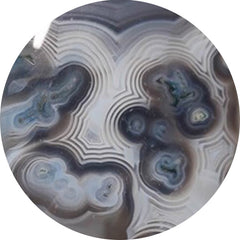 TUXEDO AGATE (75)
TUXEDO AGATE (75)
 Unakite (4)
Unakite (4)
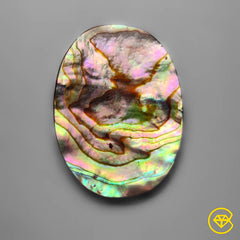 UNDER $10 (4258)
UNDER $10 (4258)
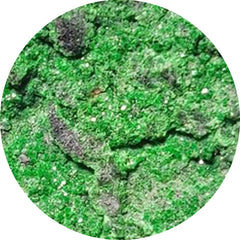 UVAROVITE GARNET (3)
UVAROVITE GARNET (3)
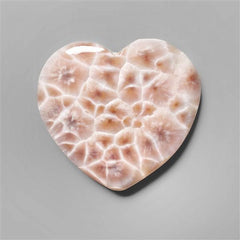 Valentine (739)
Valentine (739)
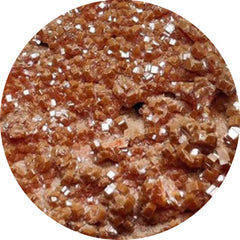 VANADINITE DRUZY (9)
VANADINITE DRUZY (9)
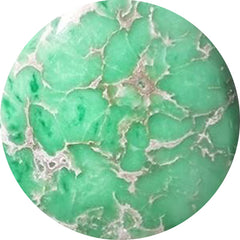 VARISCITE (134)
VARISCITE (134)
 VESUVIANITE (1)
VESUVIANITE (1)
 VIVIANITE (0)
VIVIANITE (0)
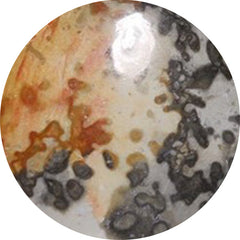 VOLCANIC COTHAM MARBLE (7)
VOLCANIC COTHAM MARBLE (7)
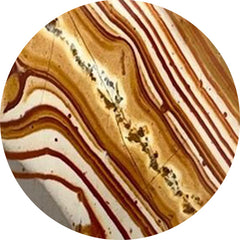 WAGUL JASPER (3)
WAGUL JASPER (3)
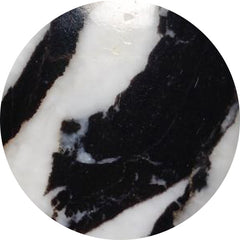 WHITE BUFFALO TURQUOISE (20)
WHITE BUFFALO TURQUOISE (20)
 White Gemstones (1119)
White Gemstones (1119)
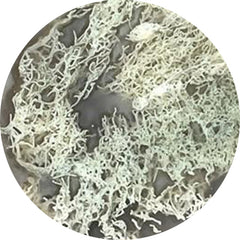 WHITE HORSE CANYON (47)
WHITE HORSE CANYON (47)
 WHITE MOONSTONE (42)
WHITE MOONSTONE (42)
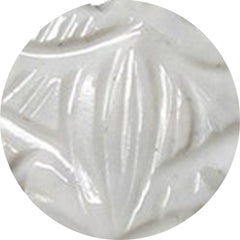 WHITE OPAL (13)
WHITE OPAL (13)
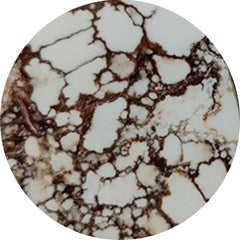 WILD HORSE JASPER (126)
WILD HORSE JASPER (126)
 WILD HORSE MAGNESITE (51)
WILD HORSE MAGNESITE (51)
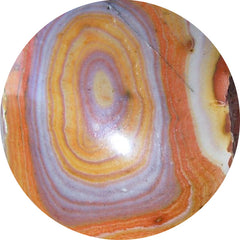 WONDER STONE (1)
WONDER STONE (1)
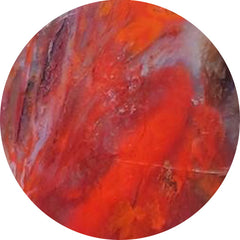 WOOD (206)
WOOD (206)
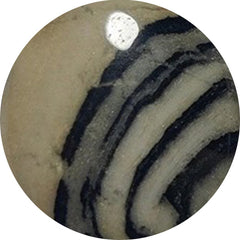 YAVAPAI TRAVERTINE (0)
YAVAPAI TRAVERTINE (0)
 Yellow Gemstones (162)
Yellow Gemstones (162)
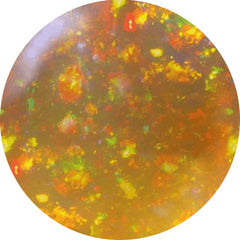 YELLOW OPAL (8)
YELLOW OPAL (8)
 YEMENI AQEEQ (0)
YEMENI AQEEQ (0)
 ZARINITE (0)
ZARINITE (0)
 ZEBRA JASPER (1)
ZEBRA JASPER (1)
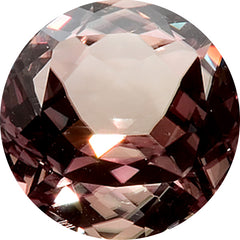 ZULTANITE (5)
ZULTANITE (5)















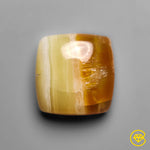
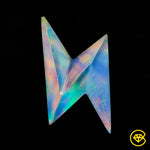
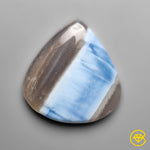
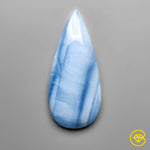

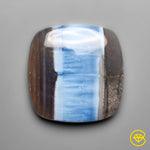
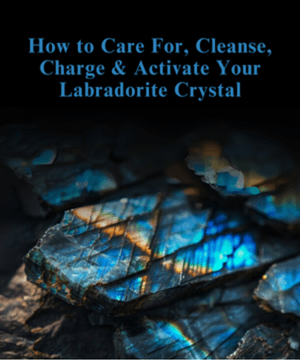


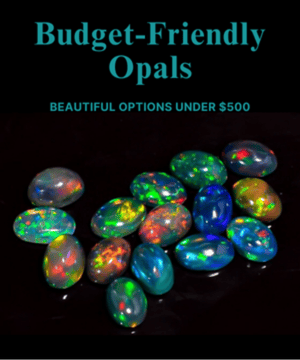
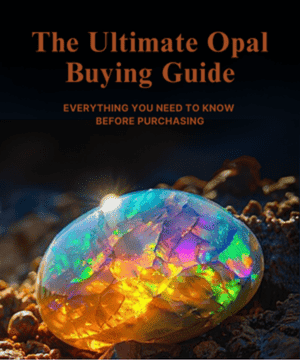

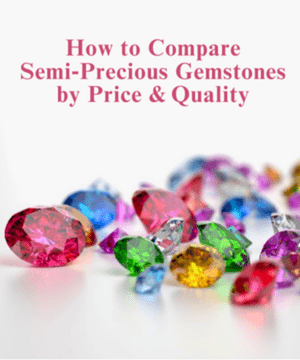






Leave a Comment